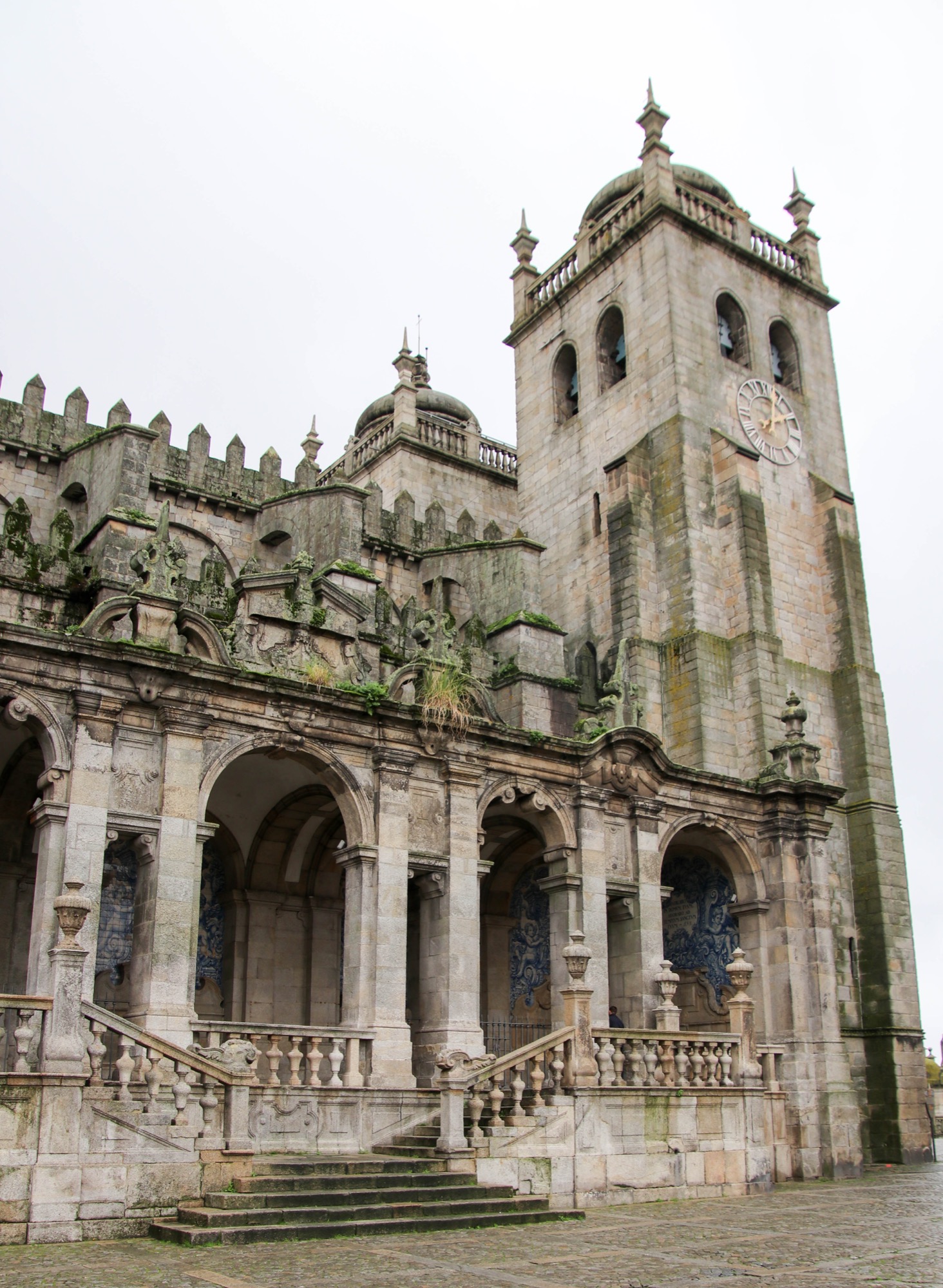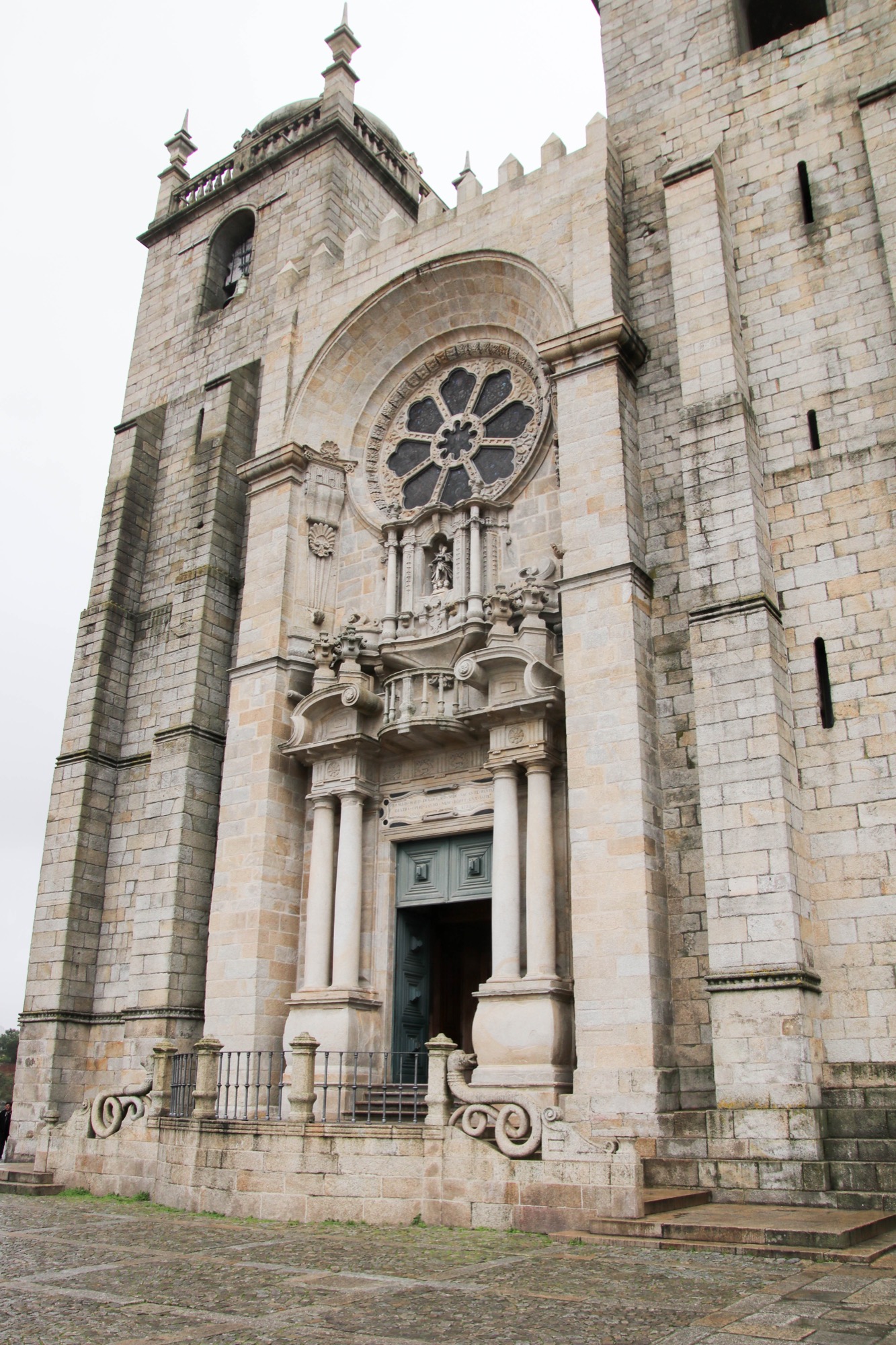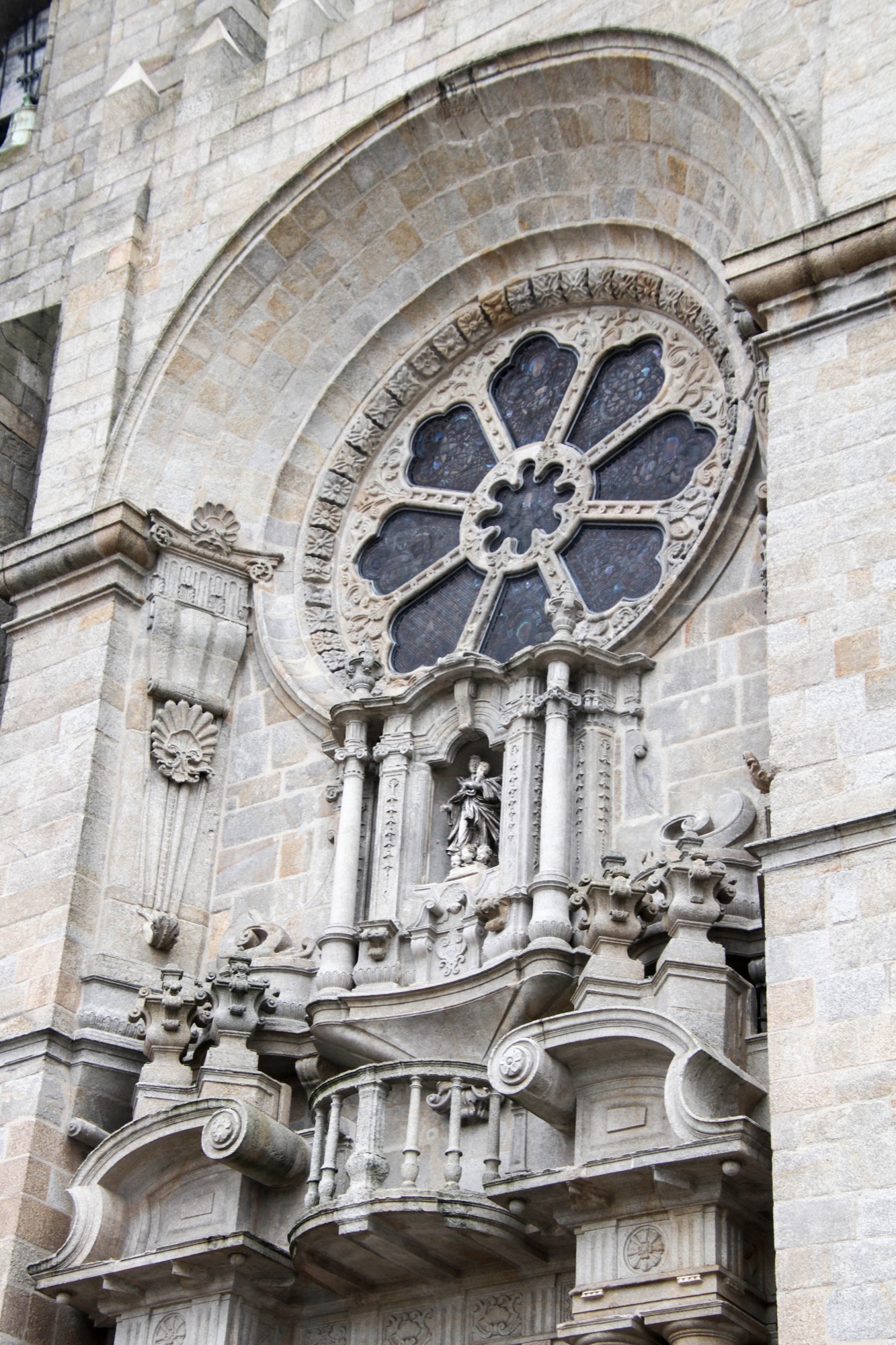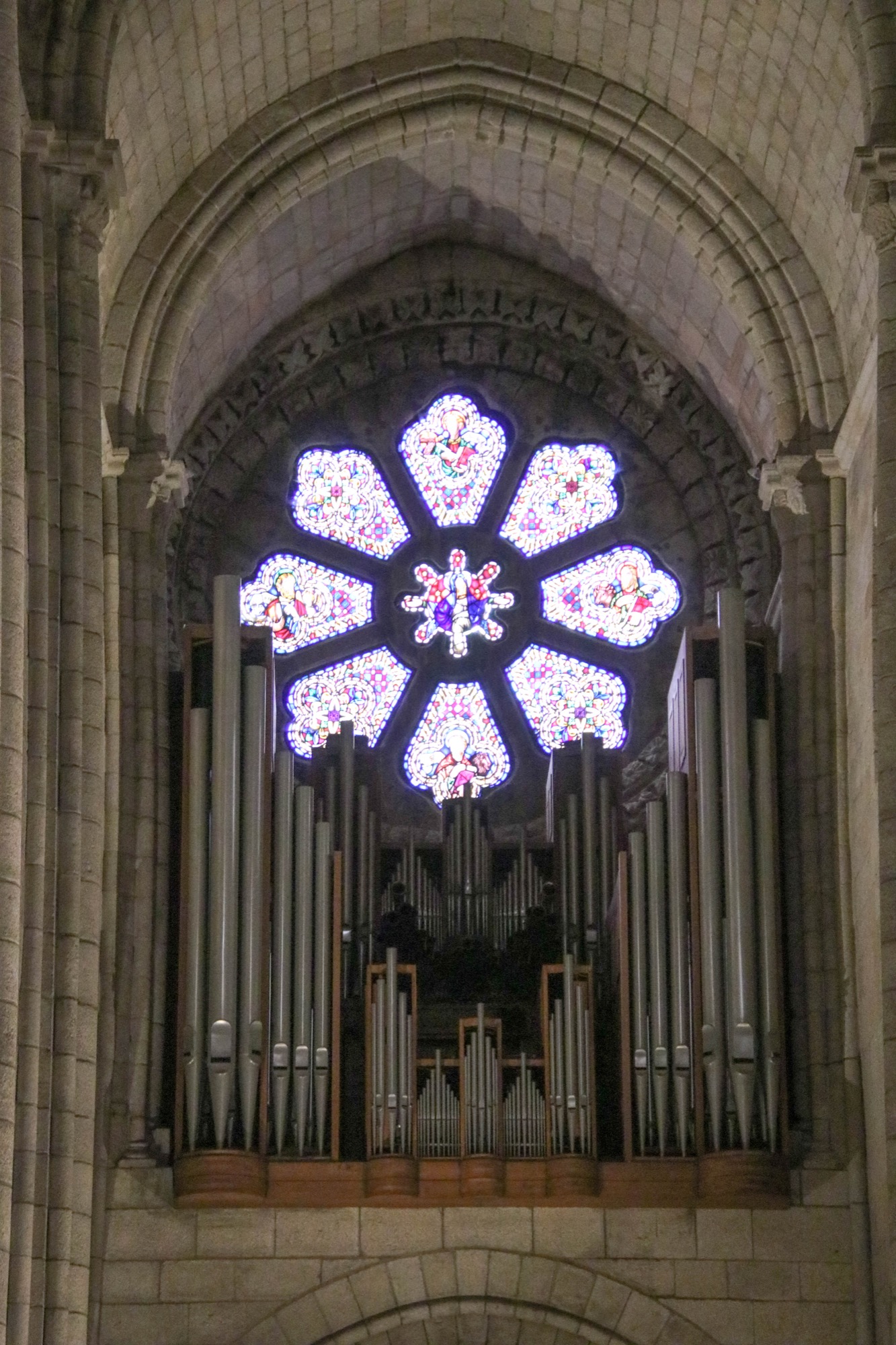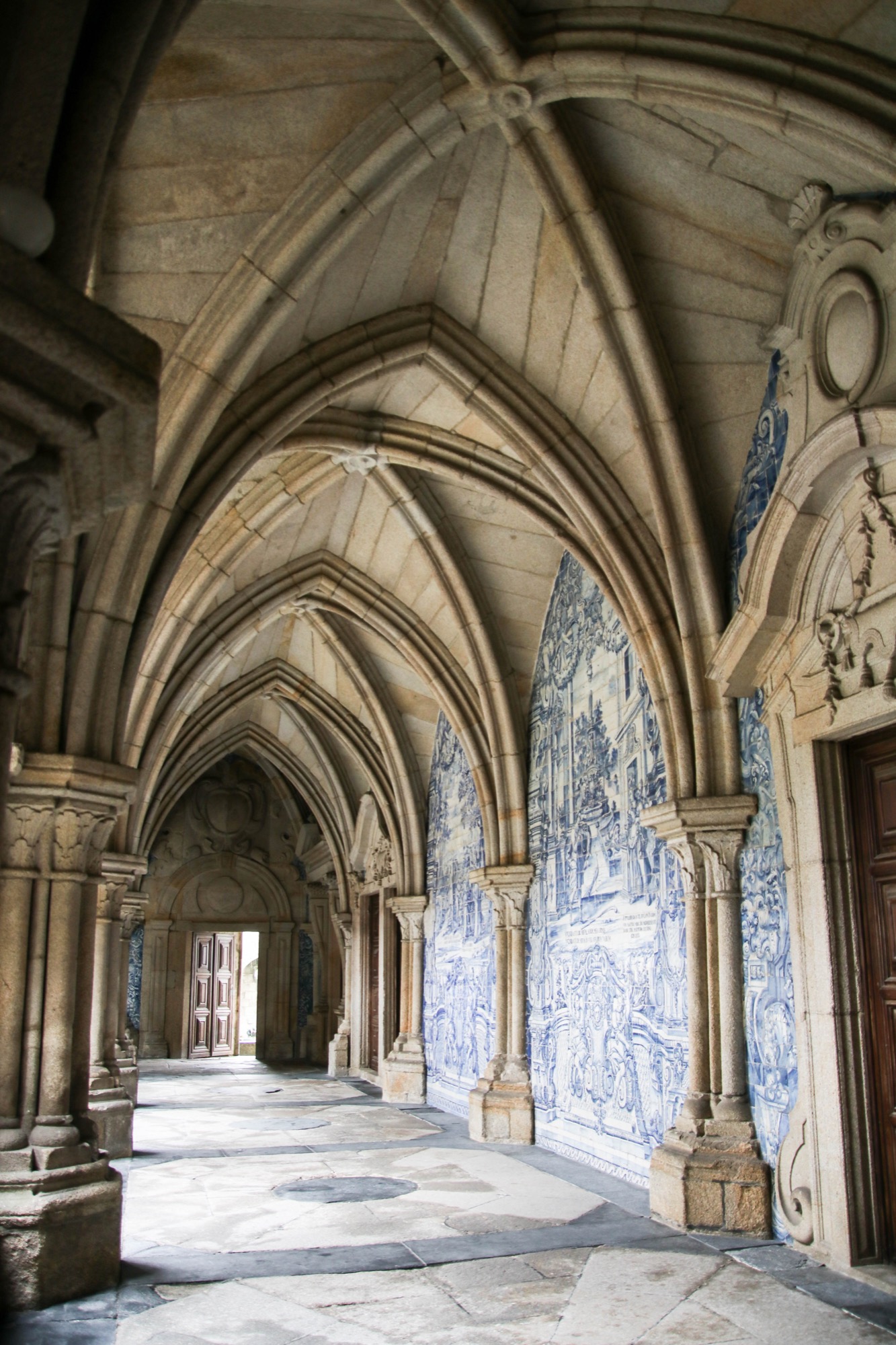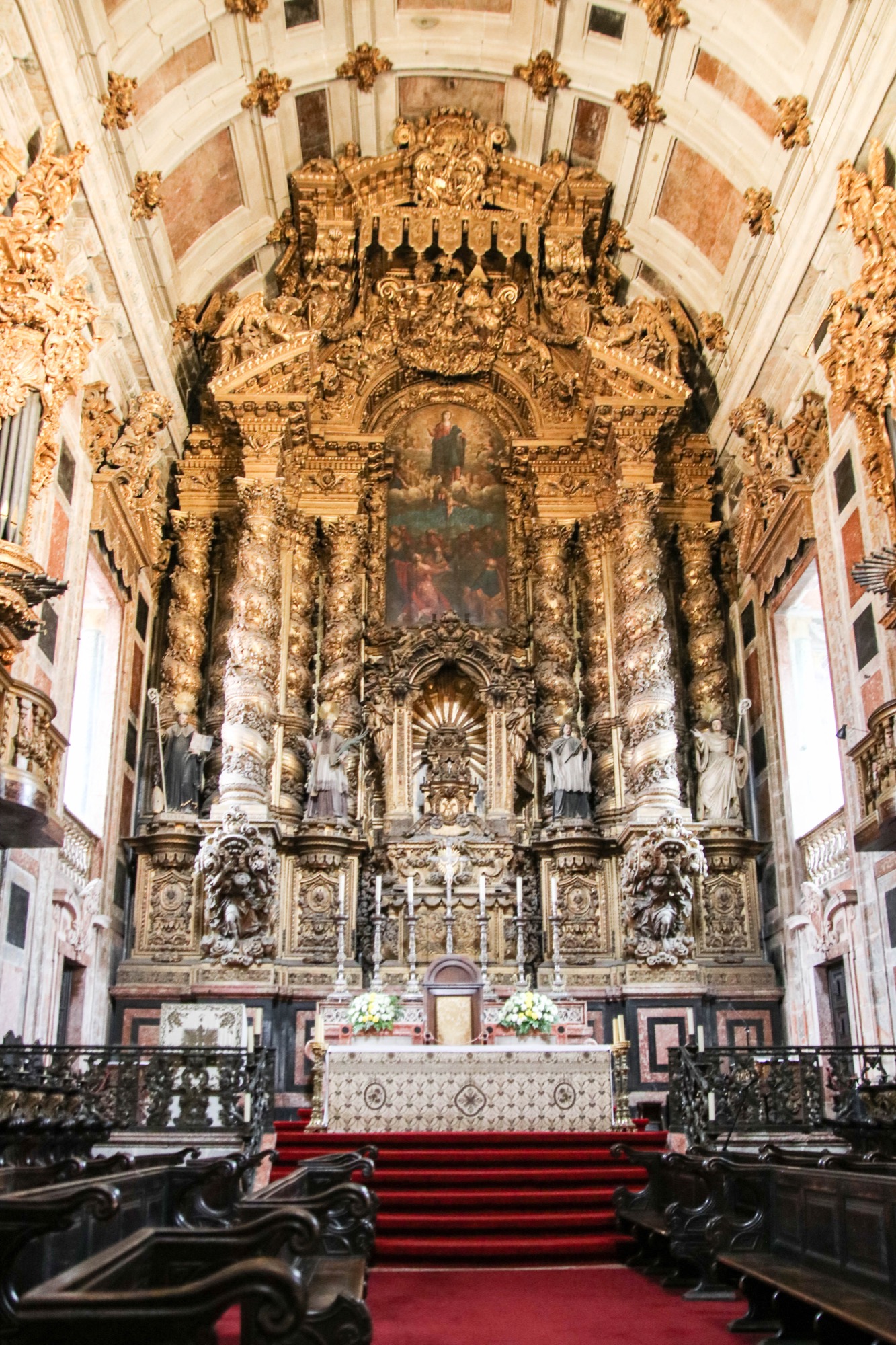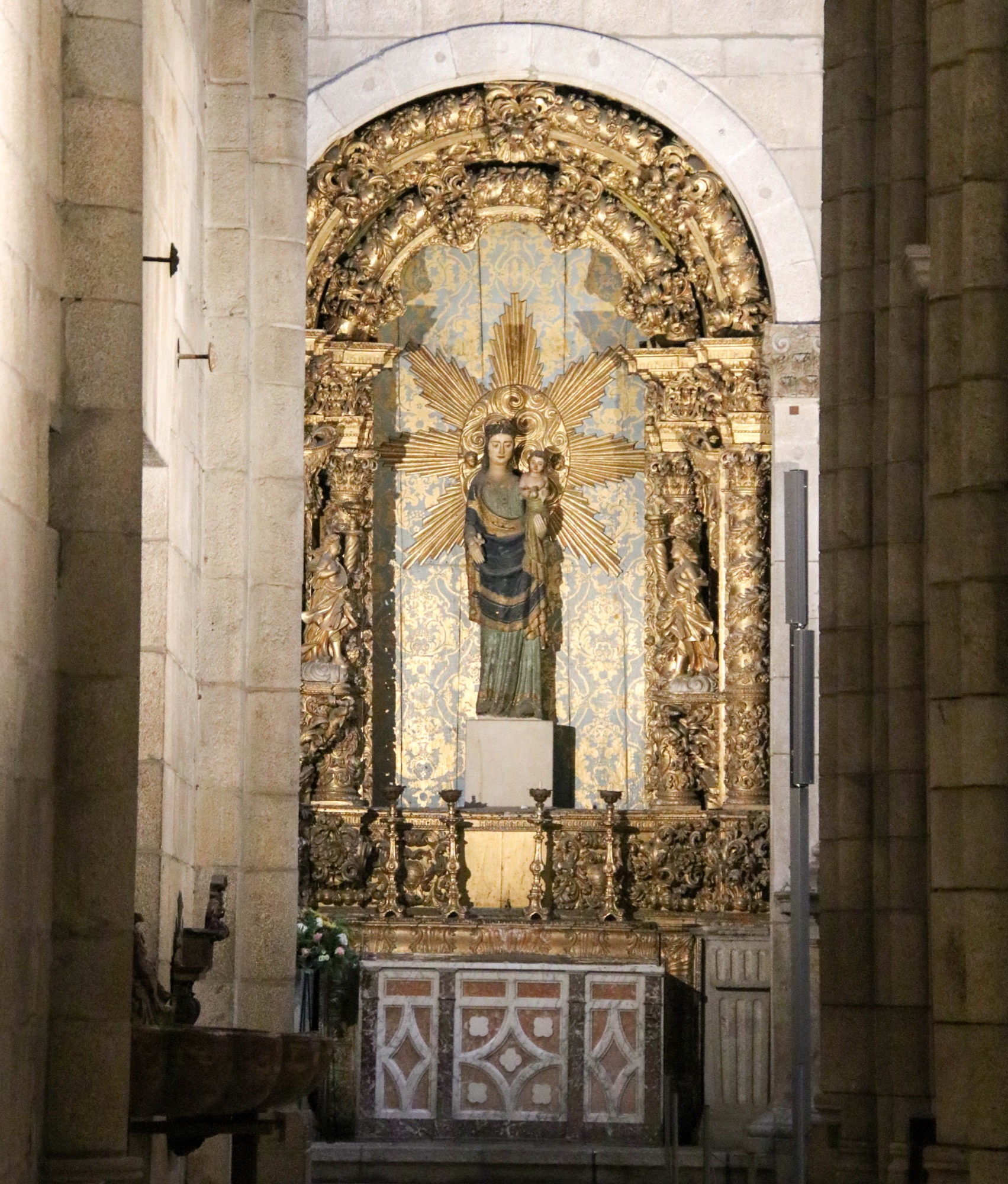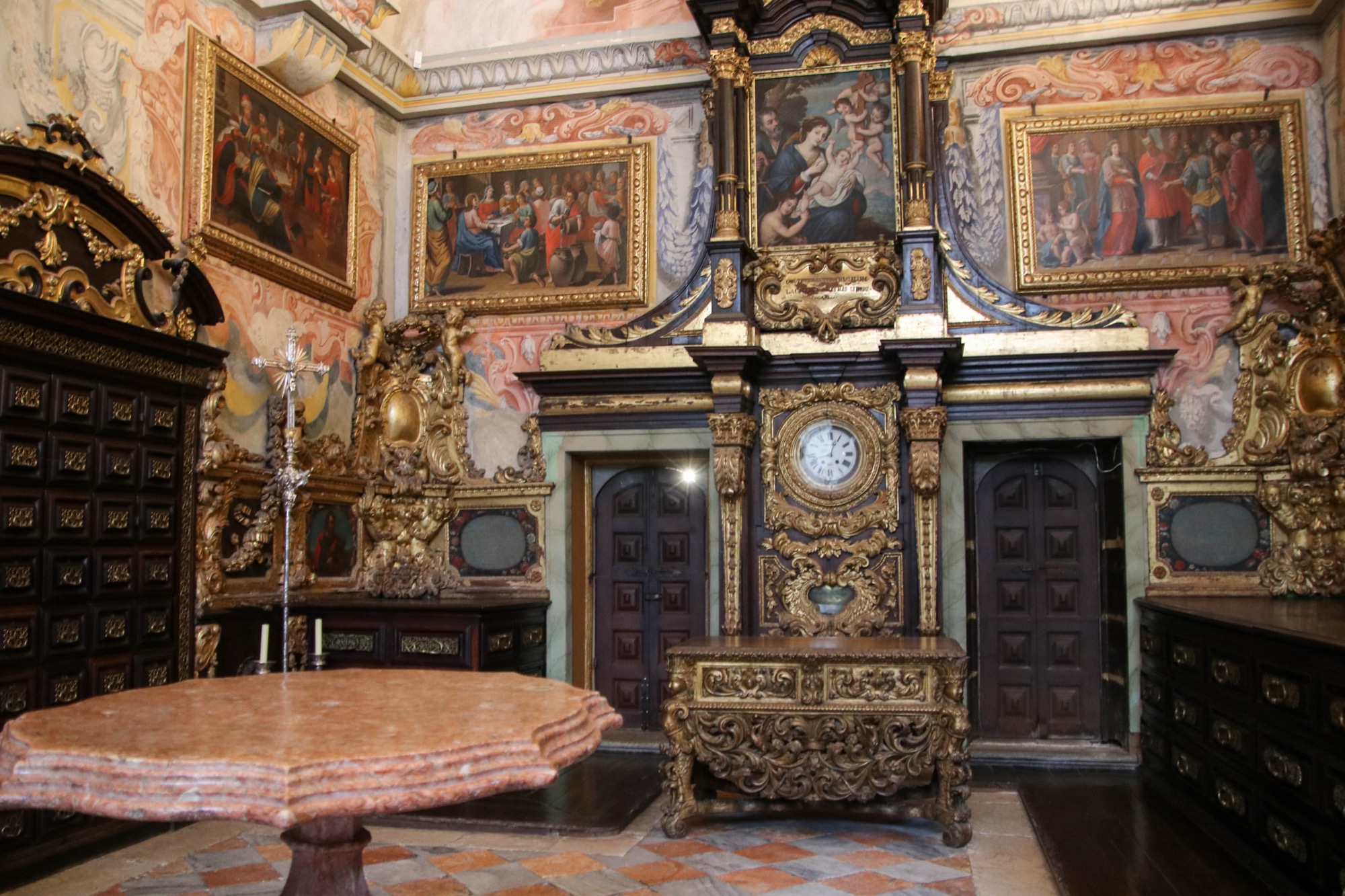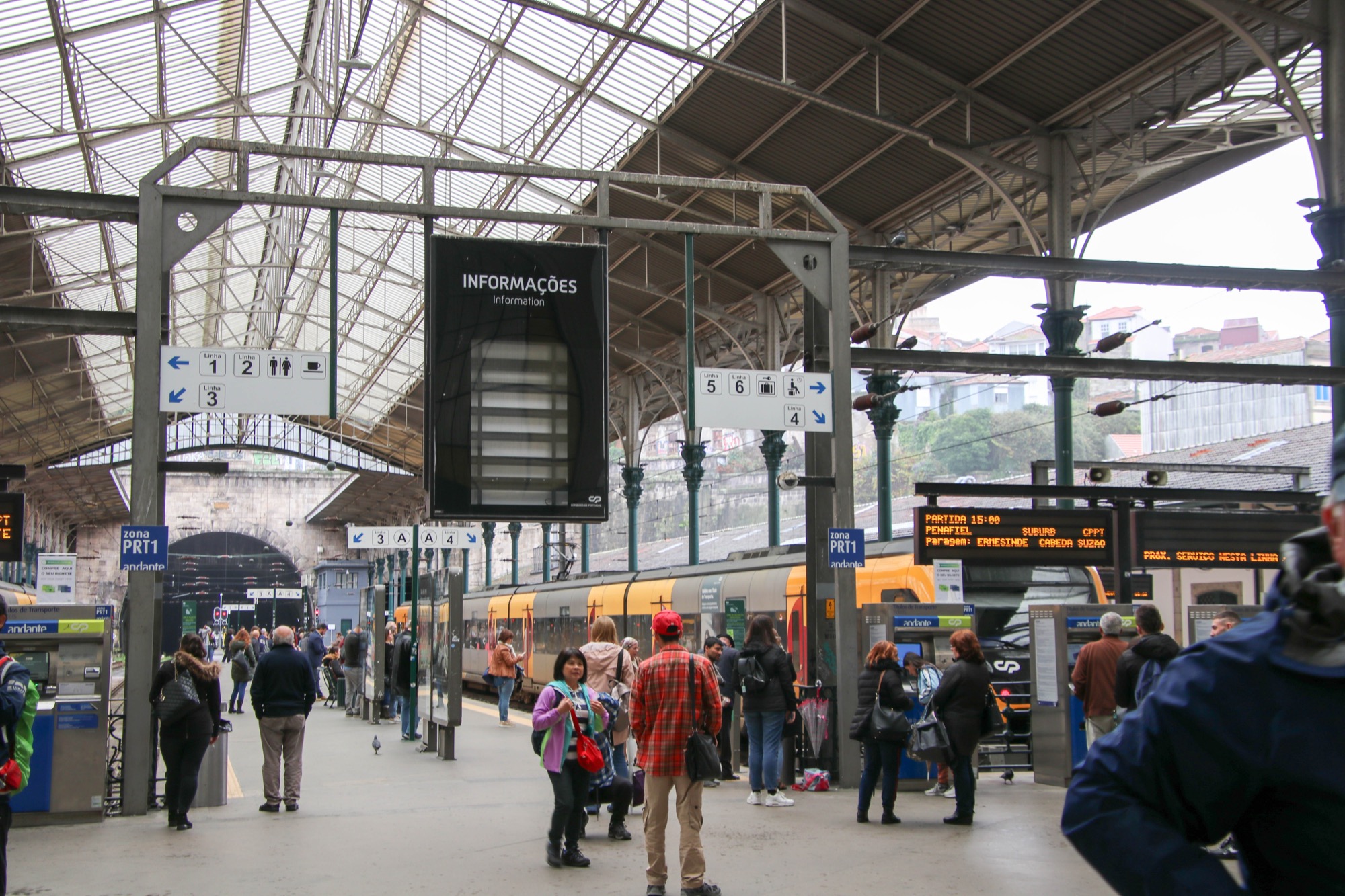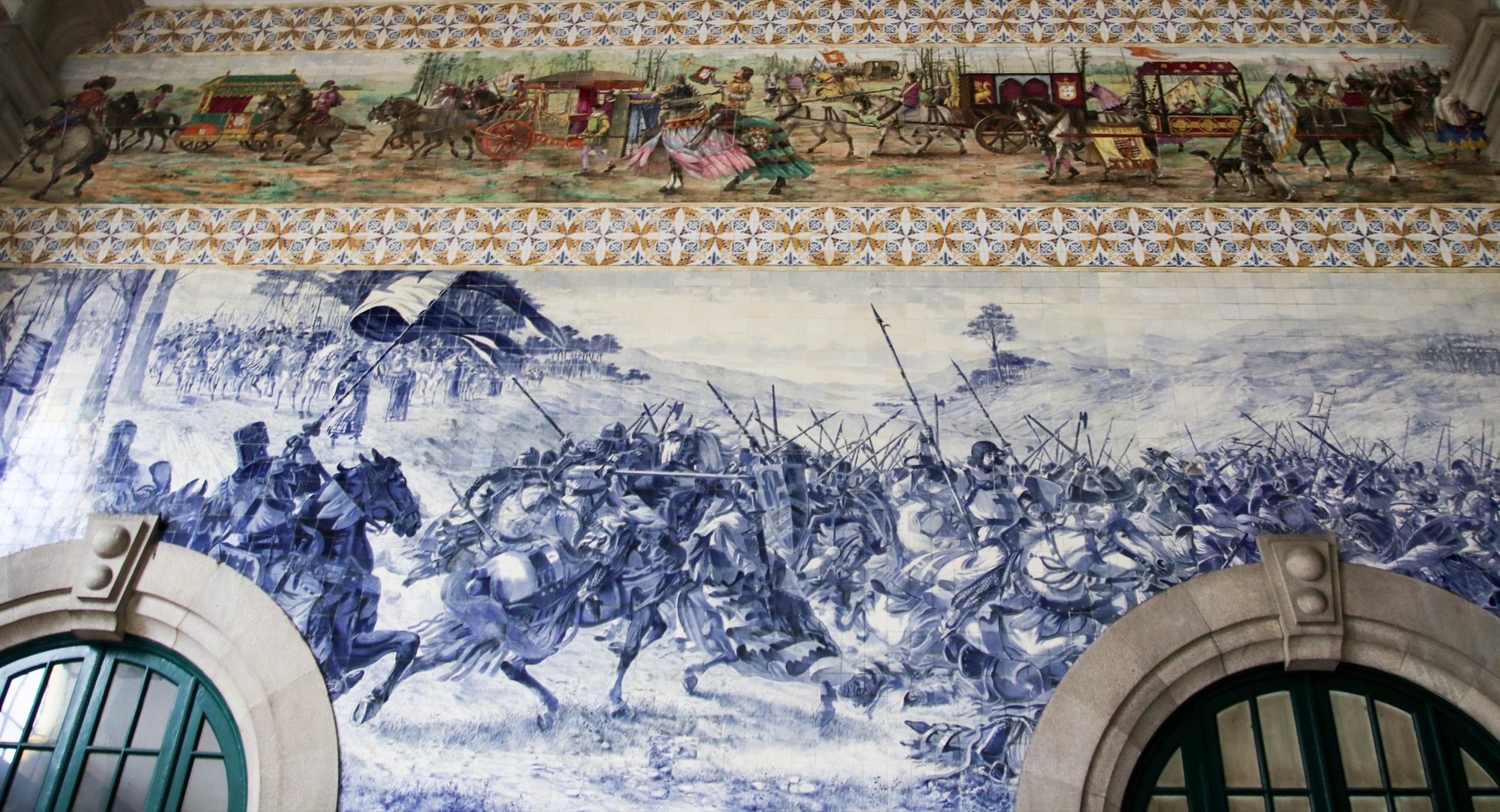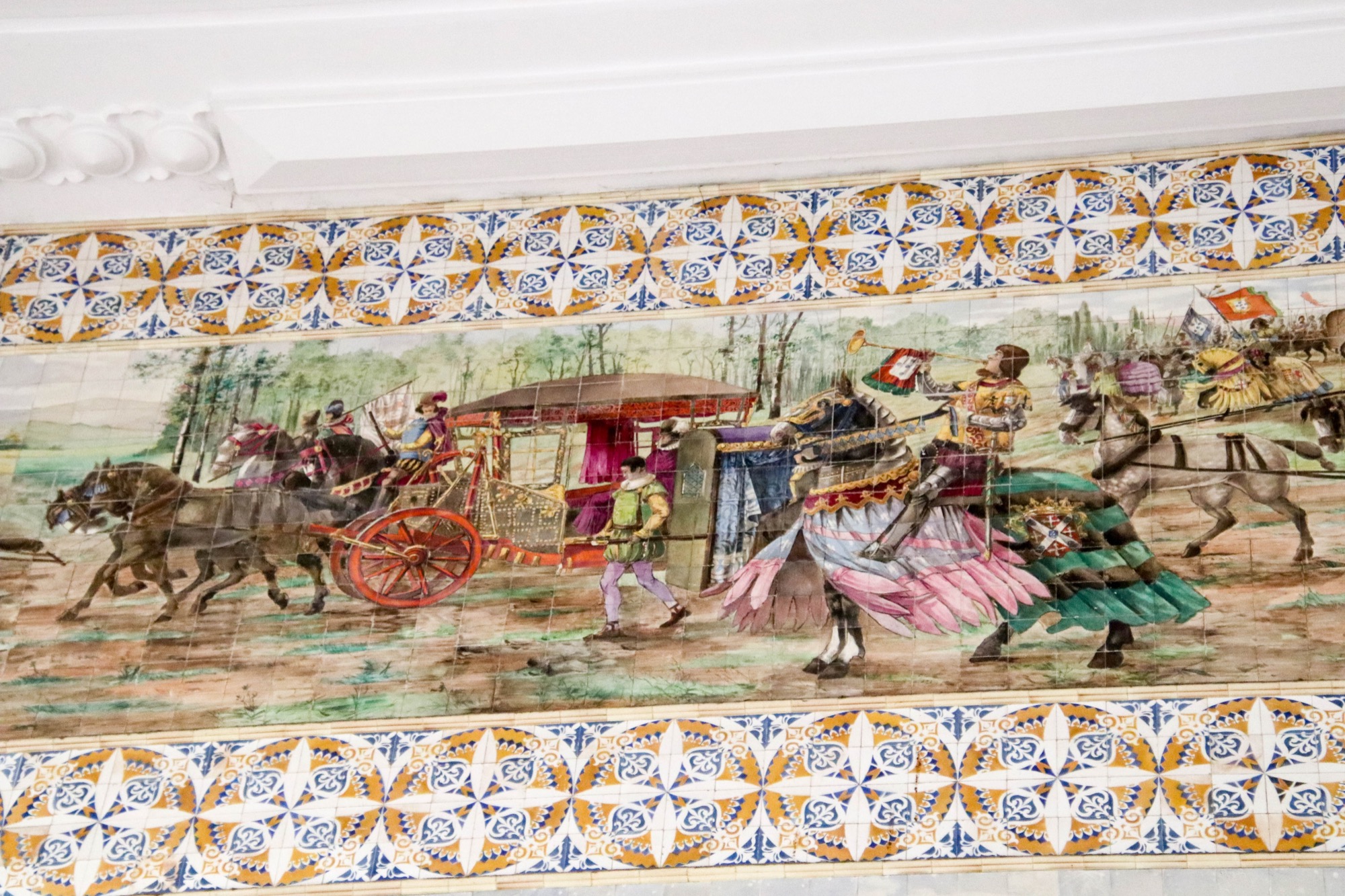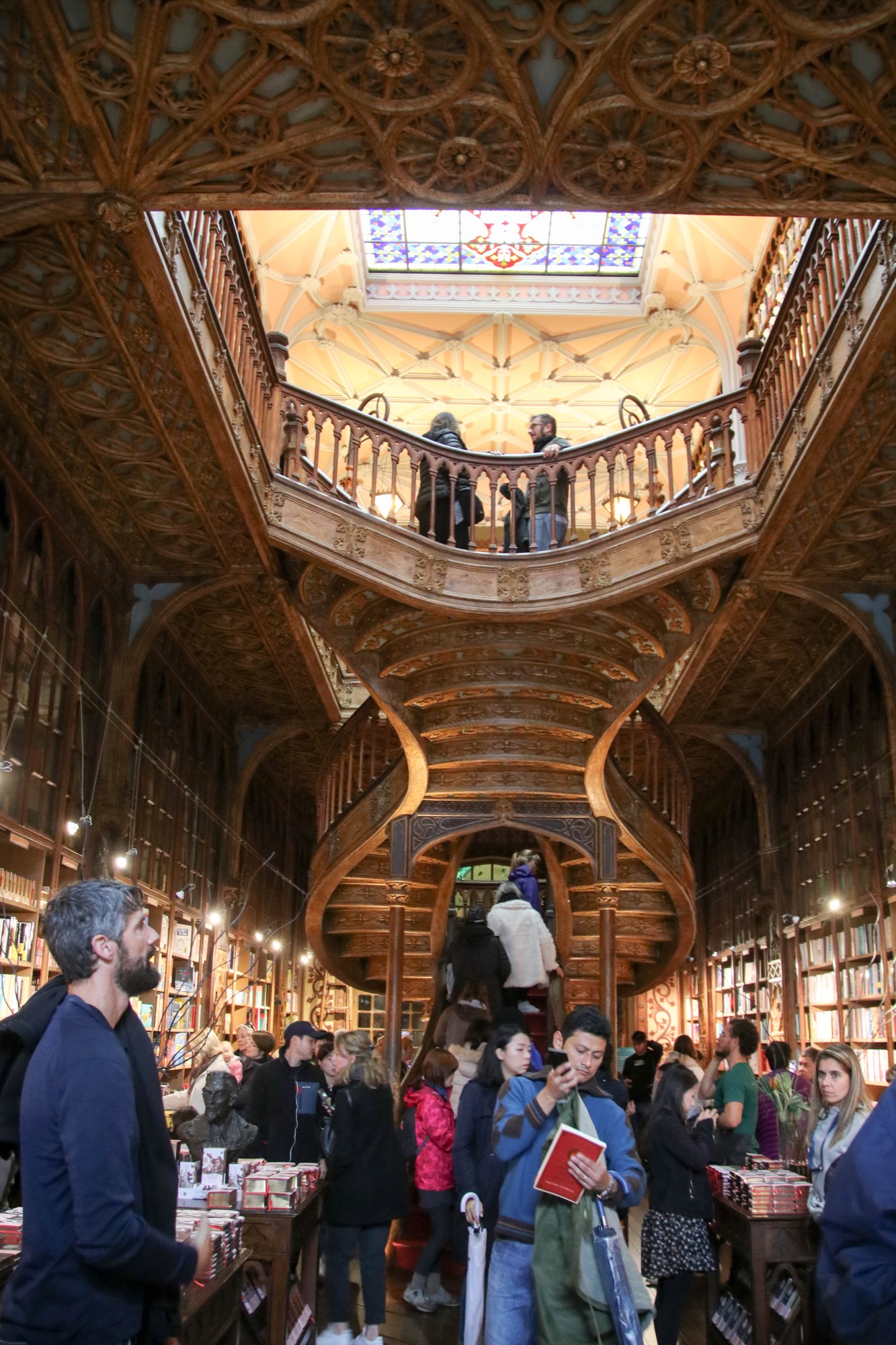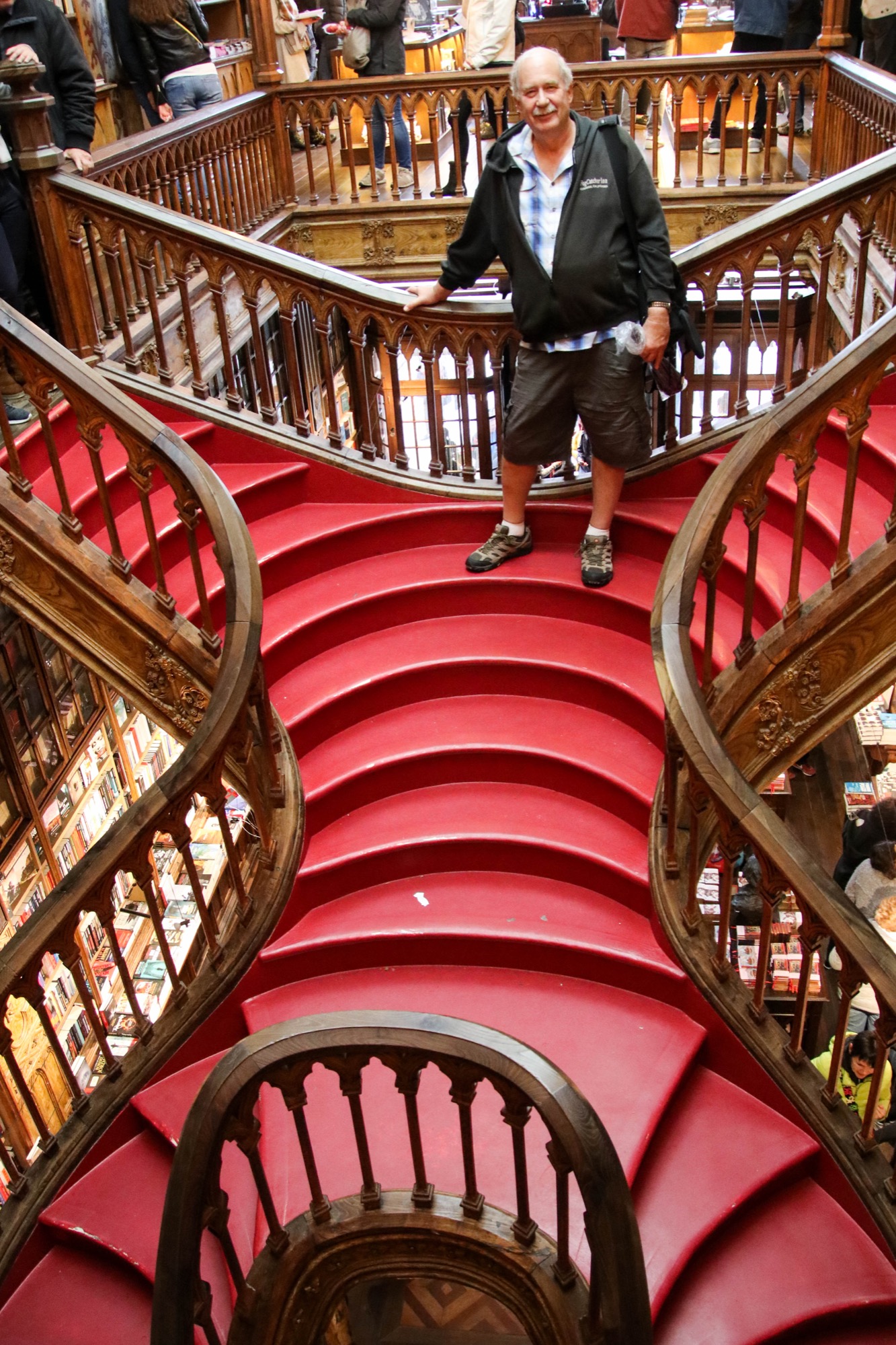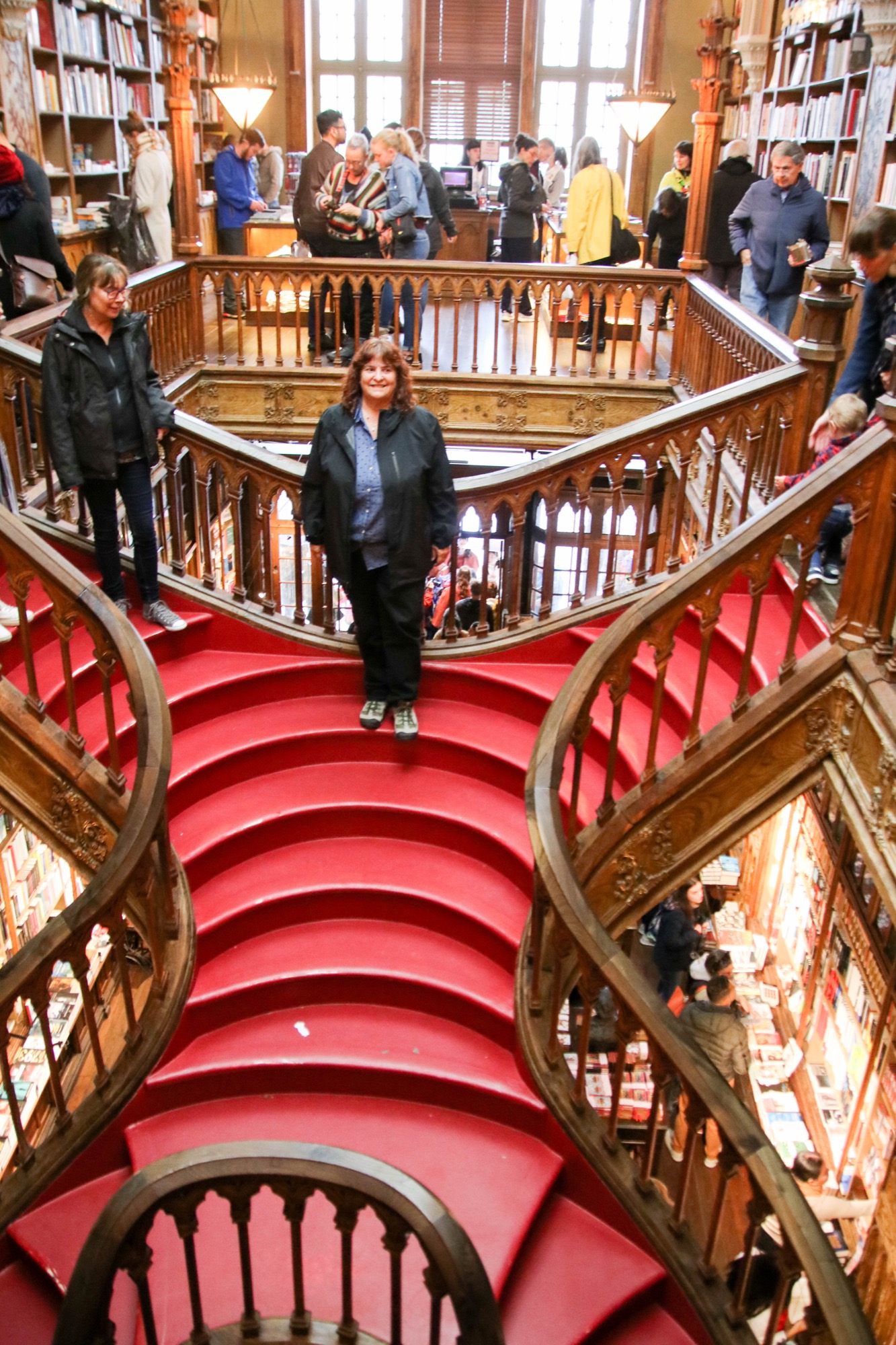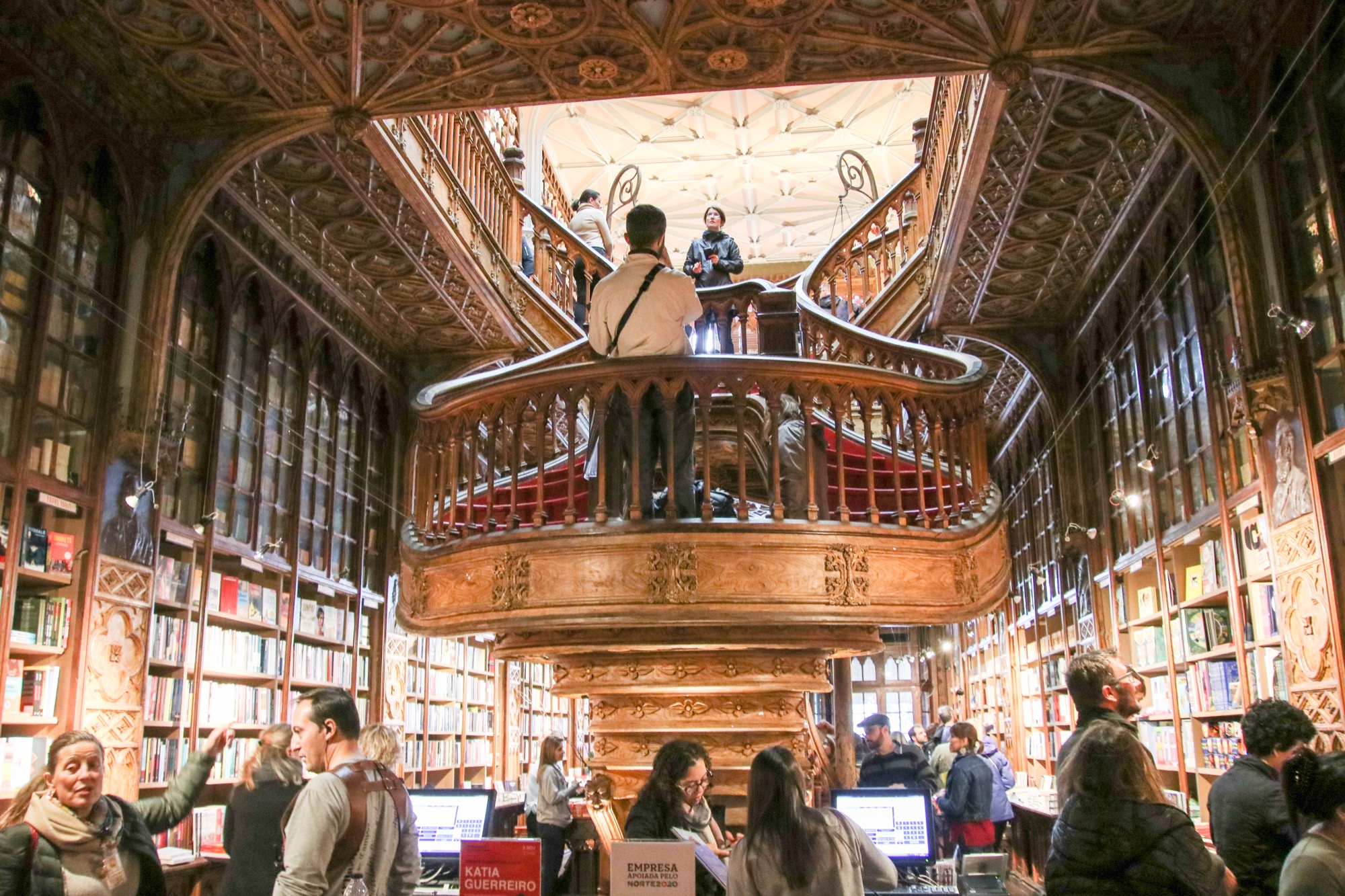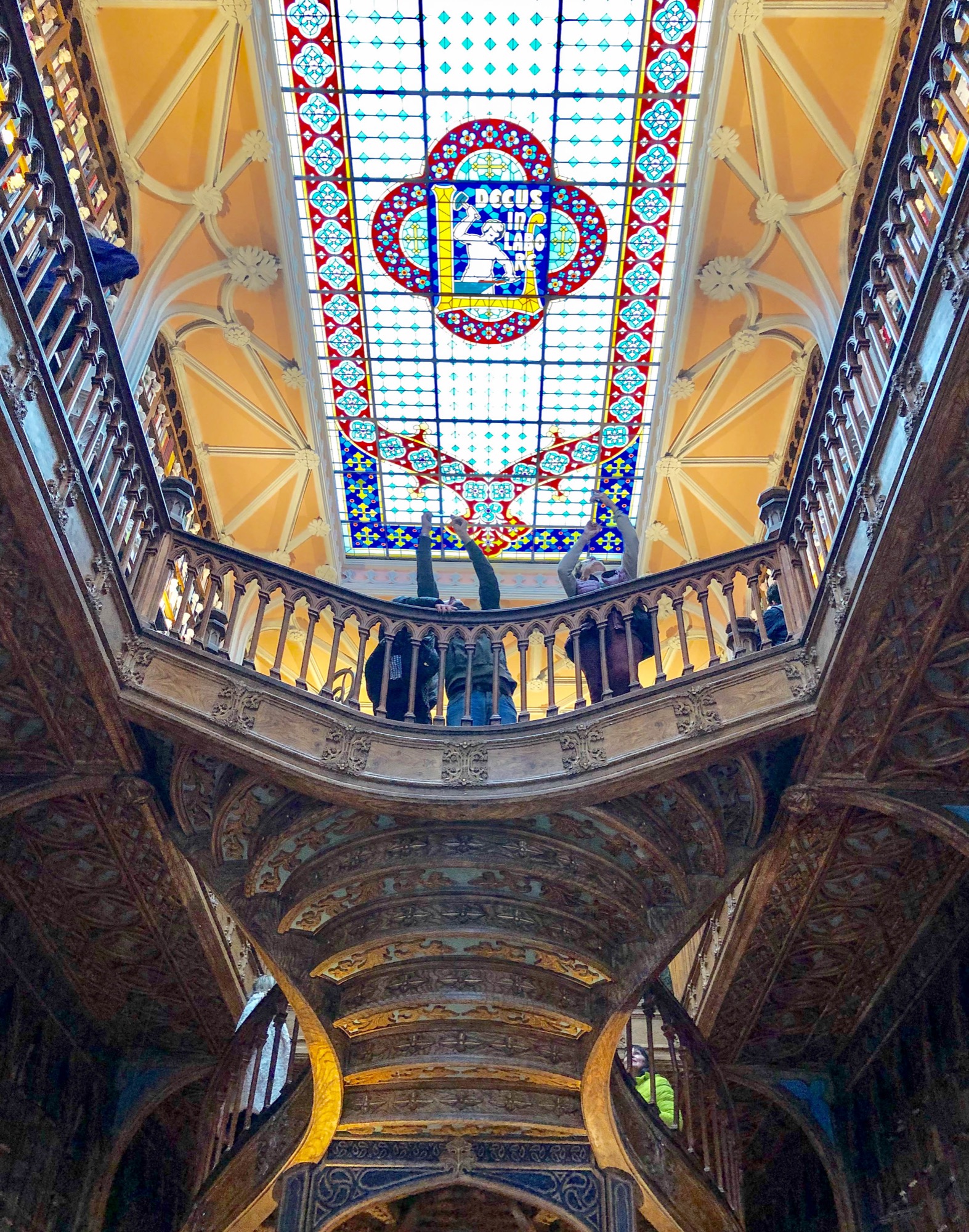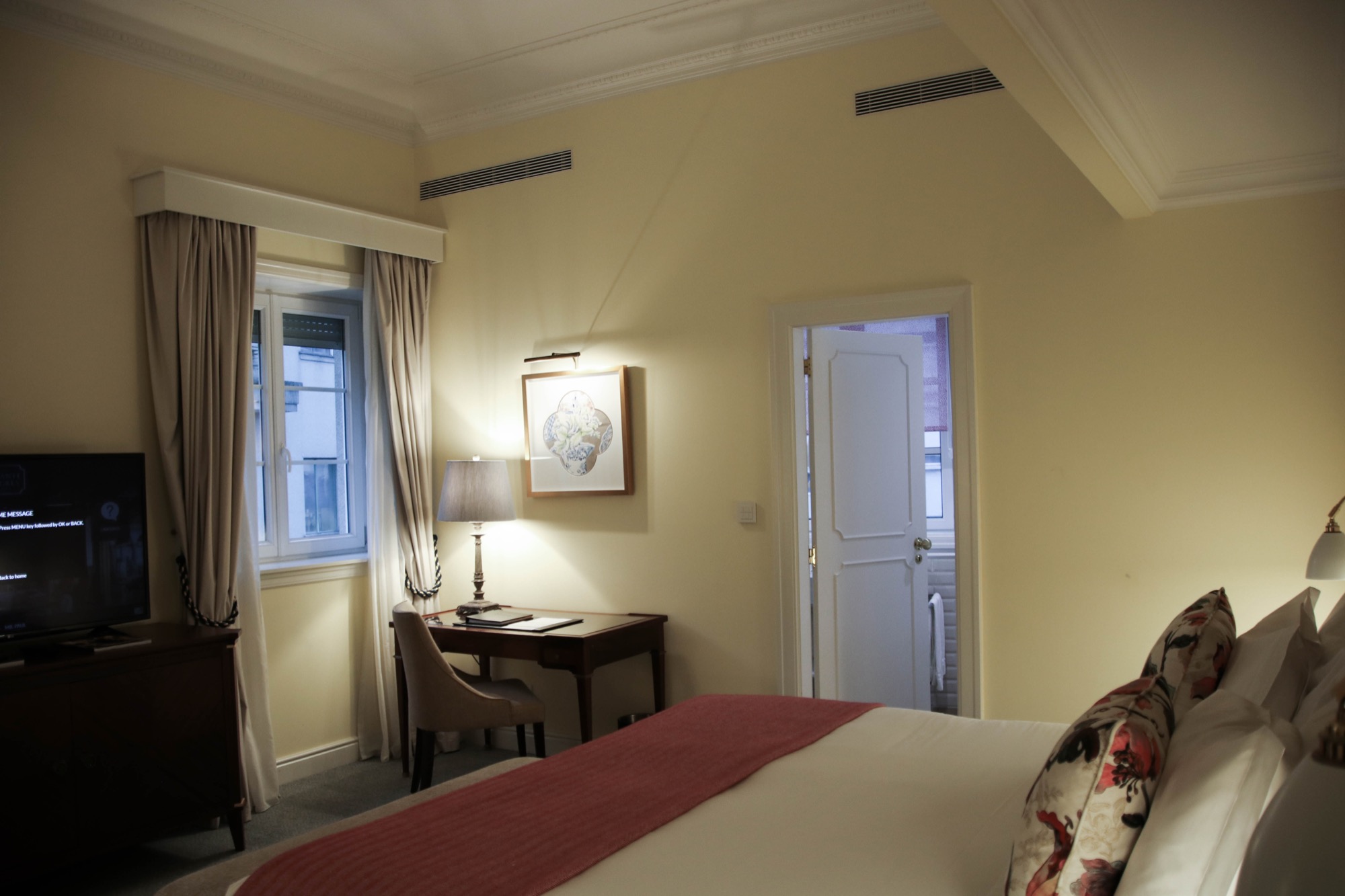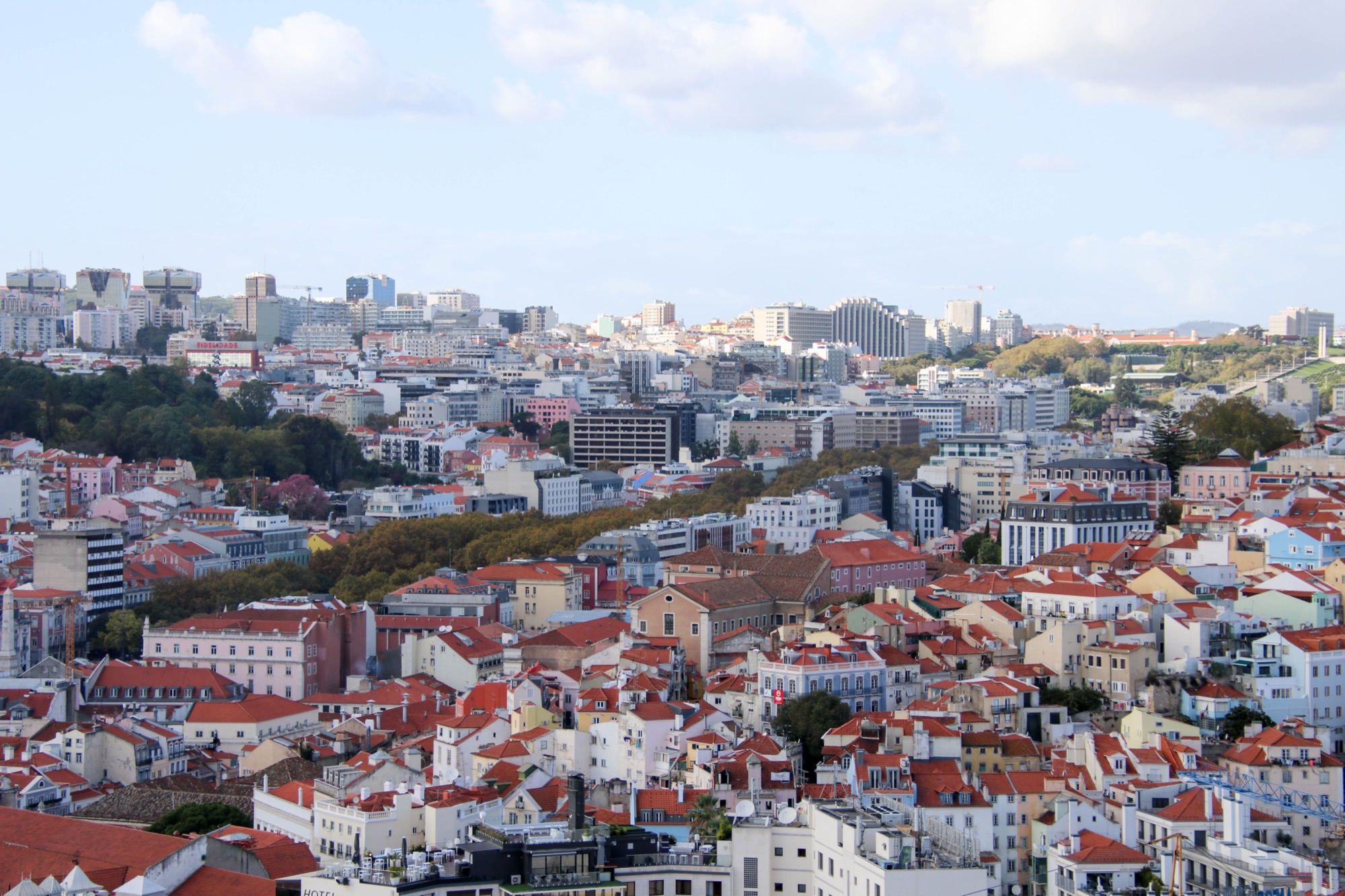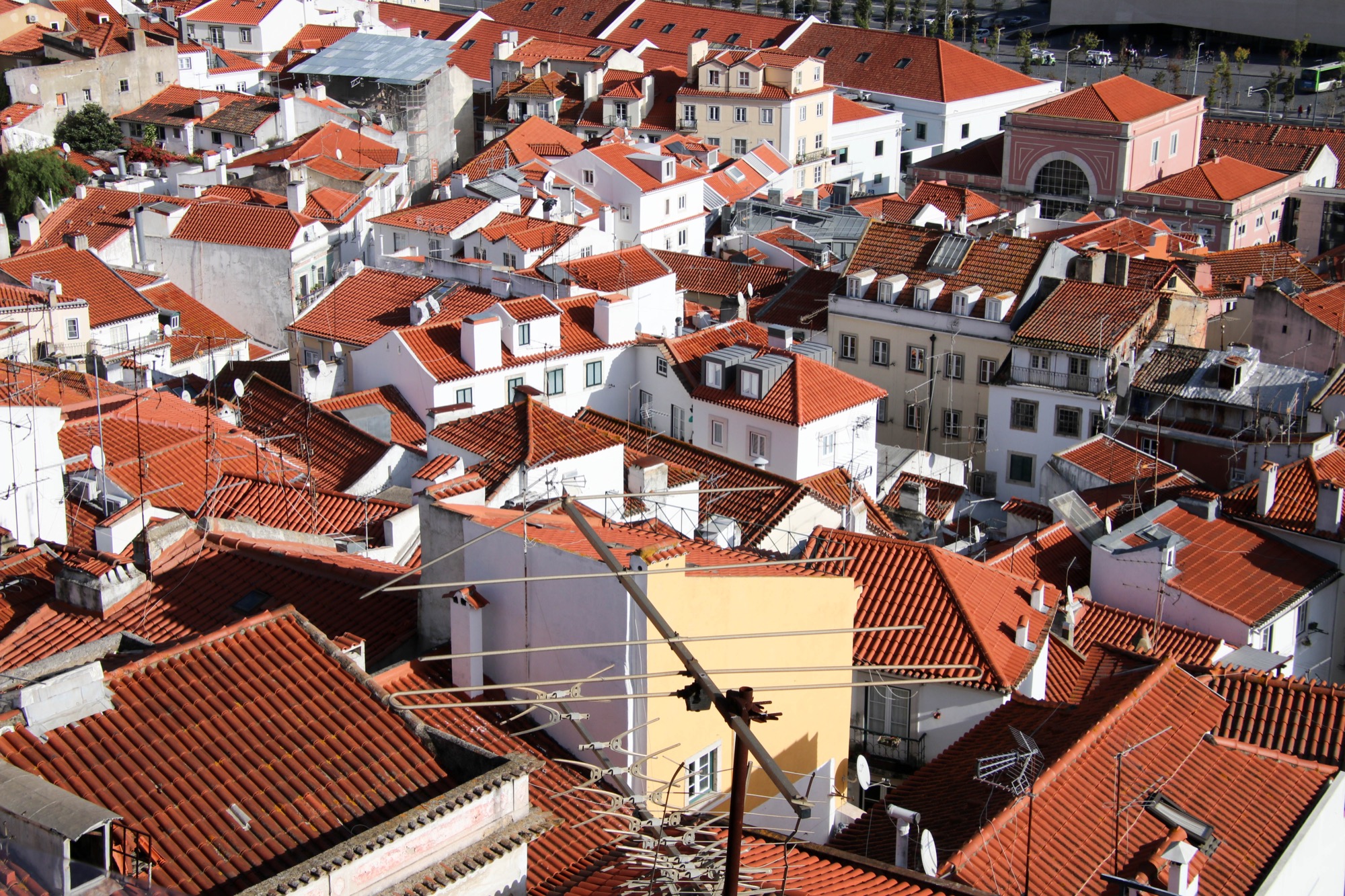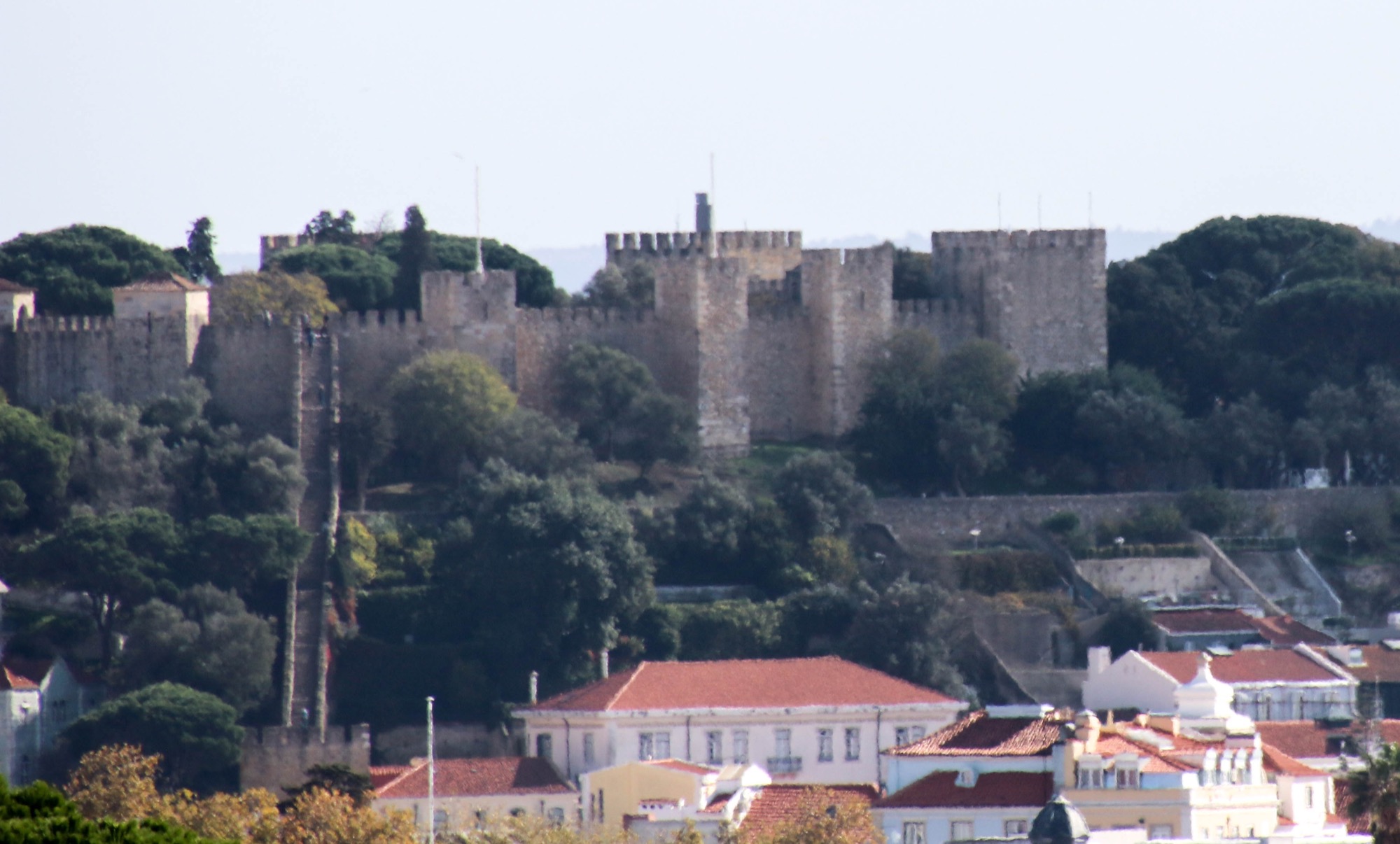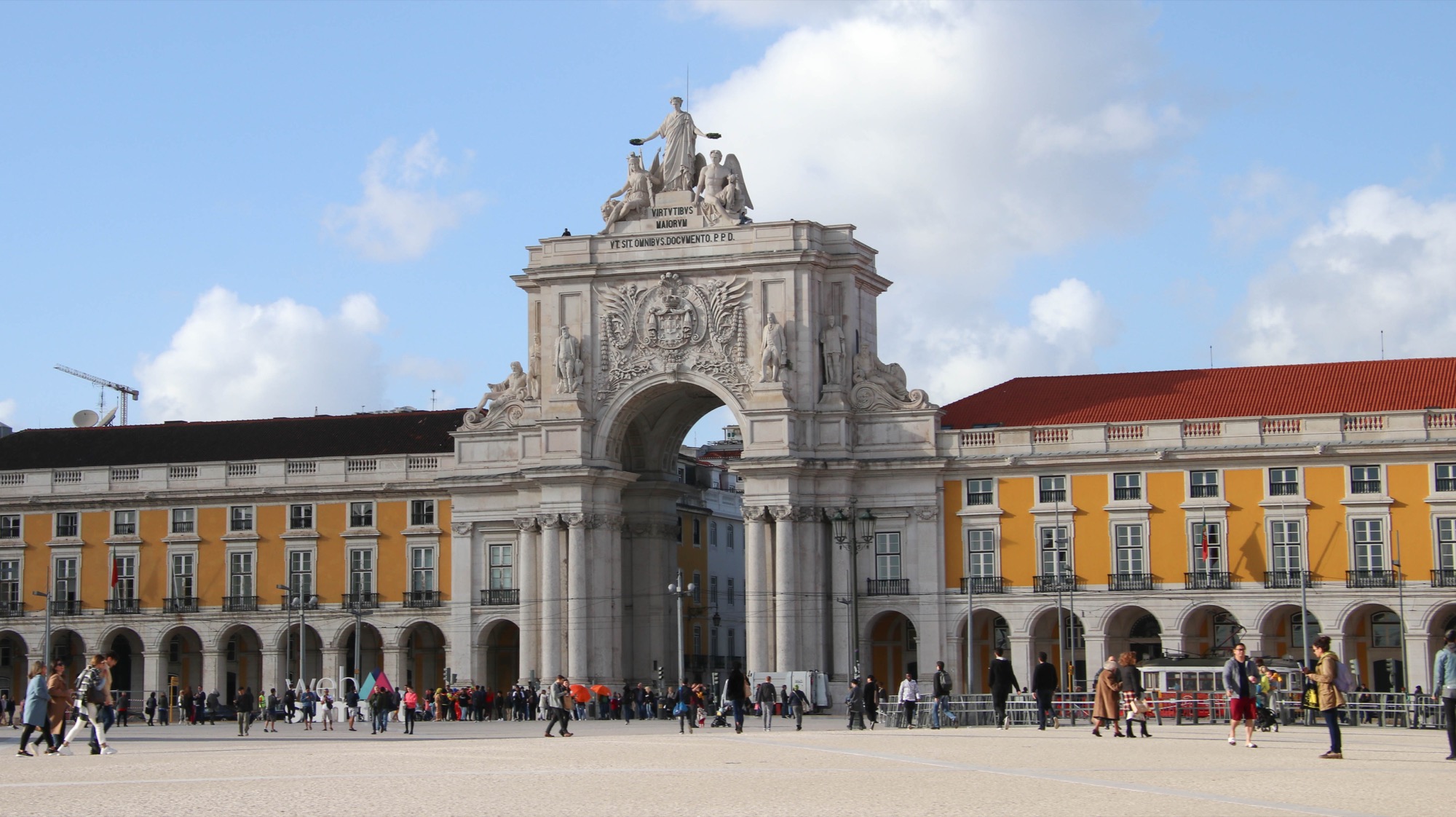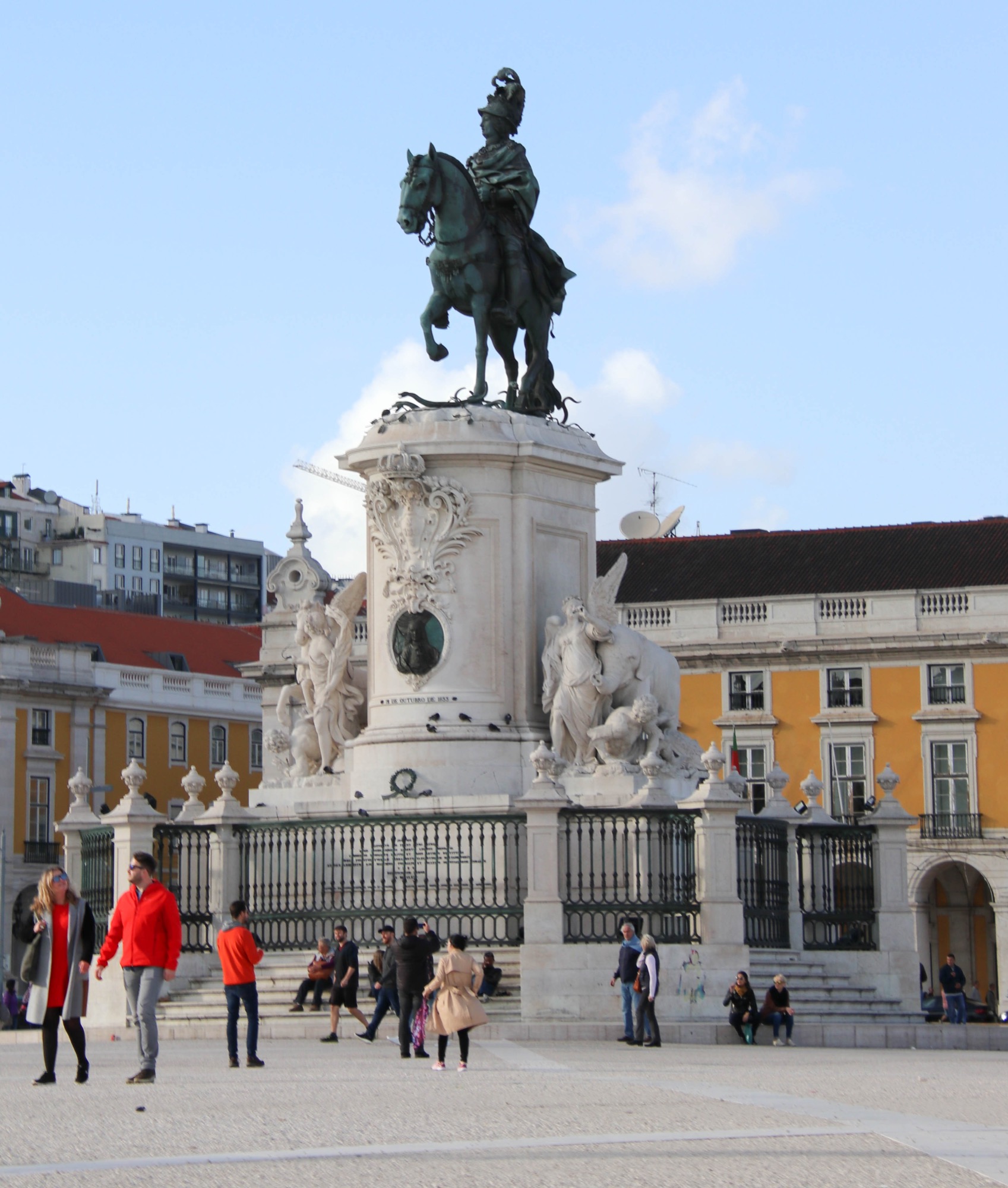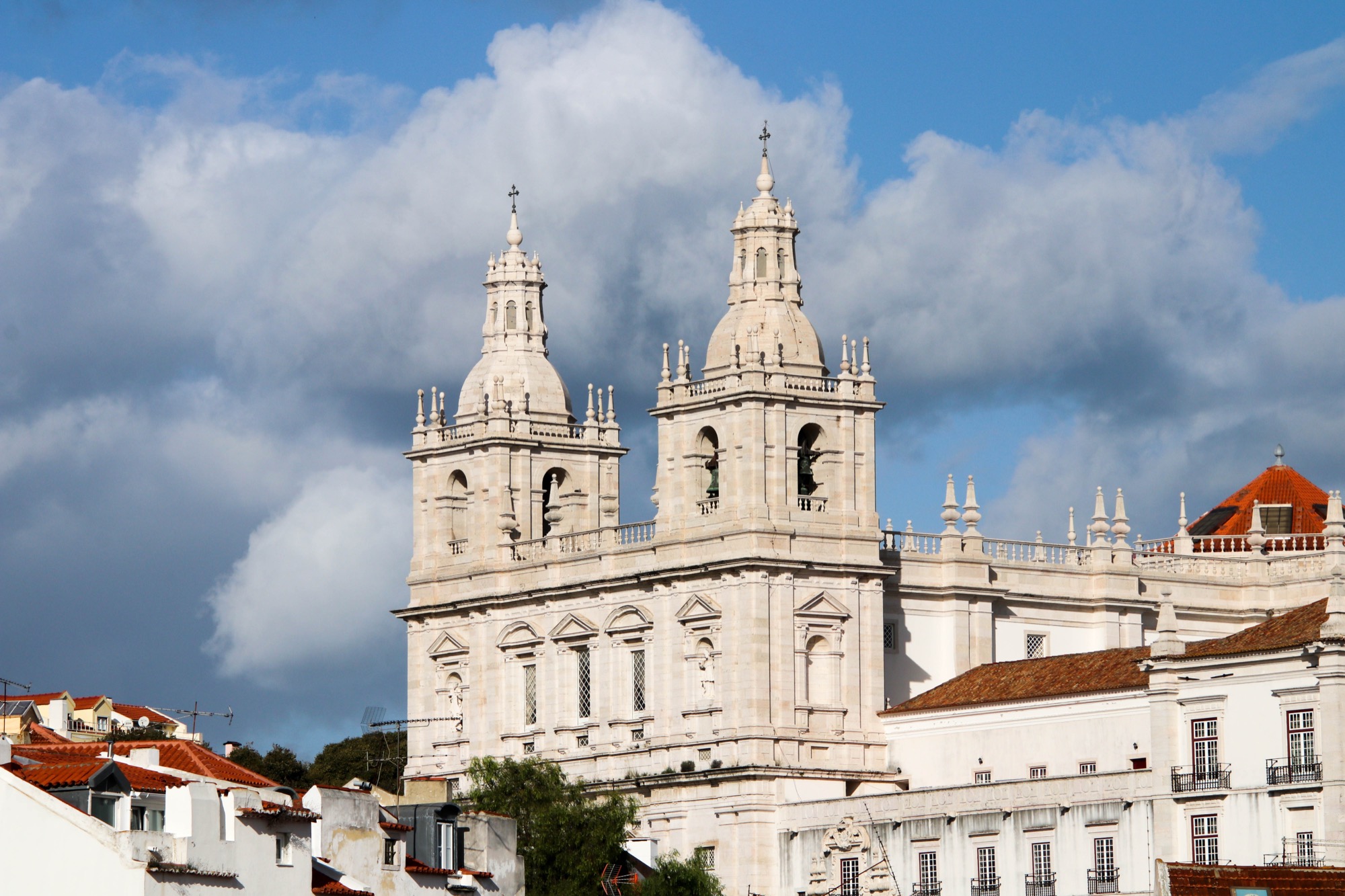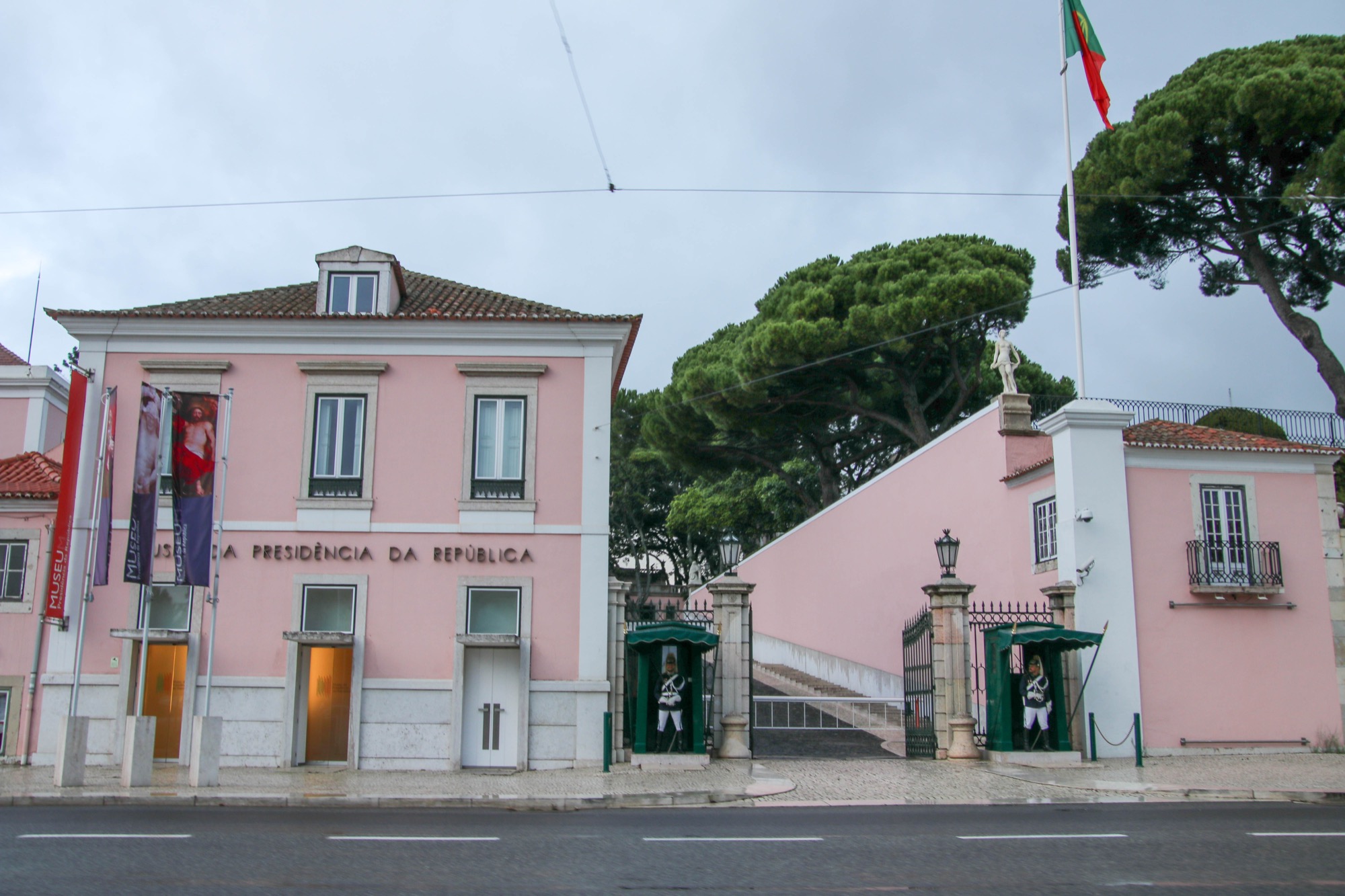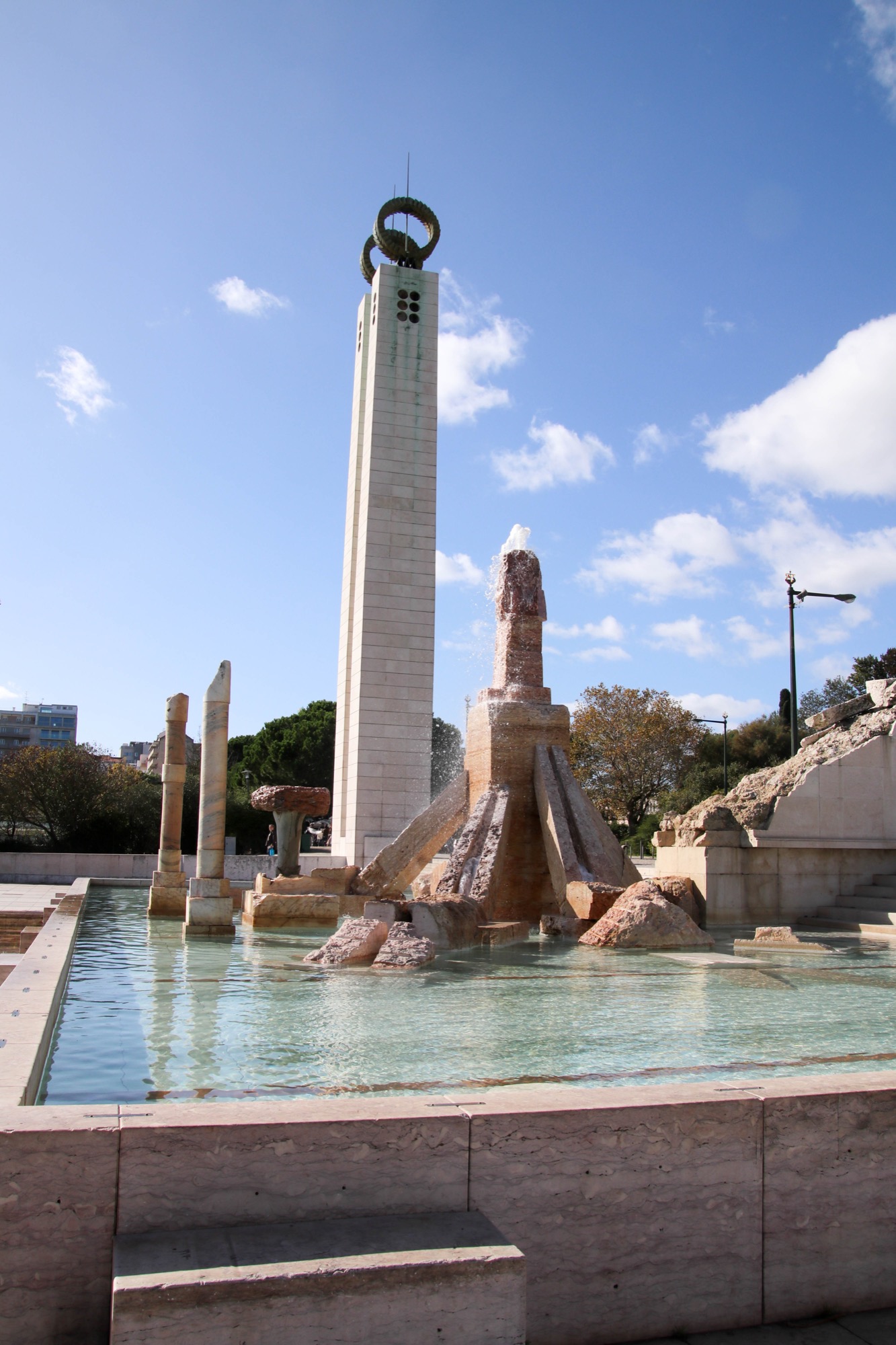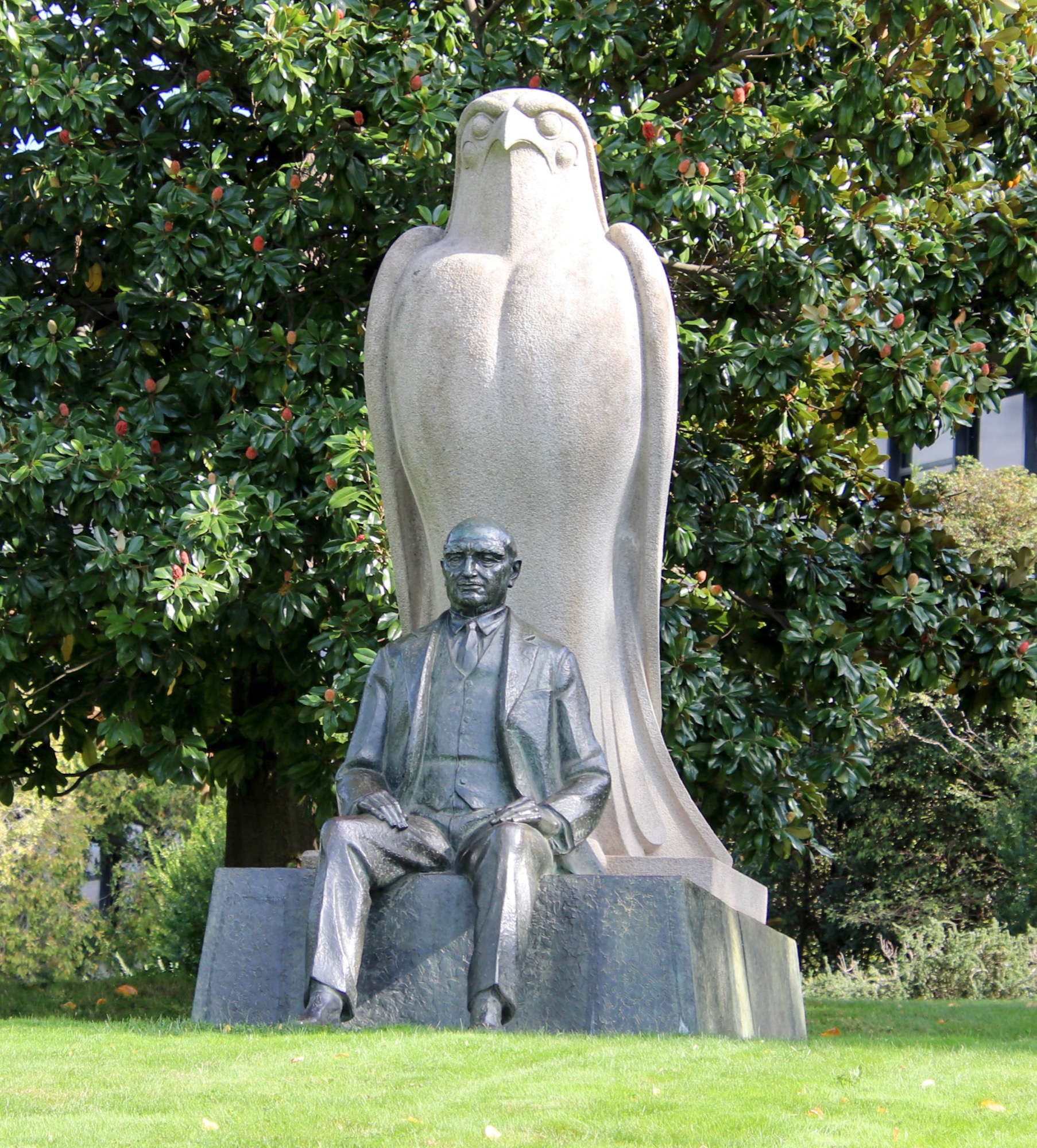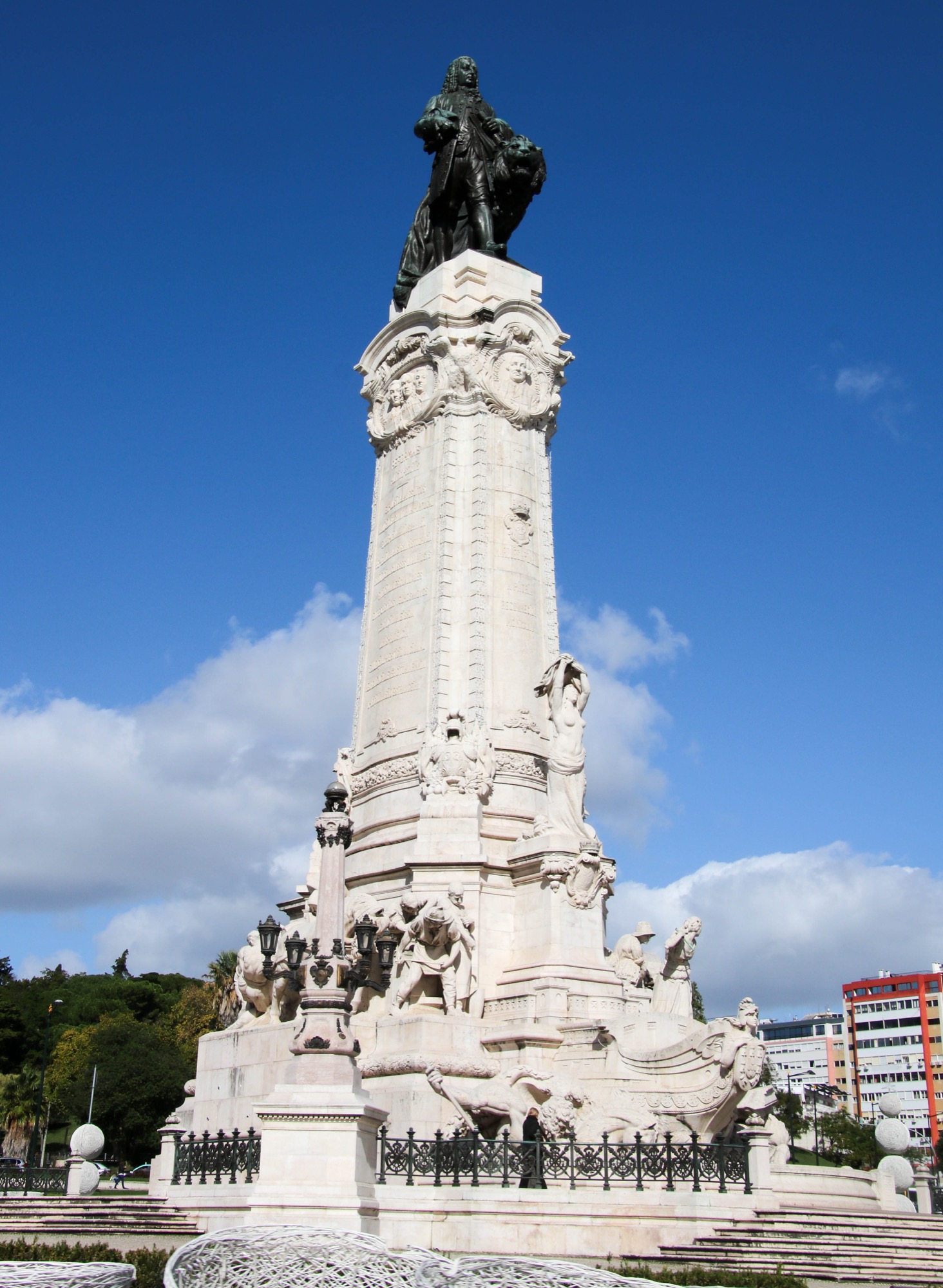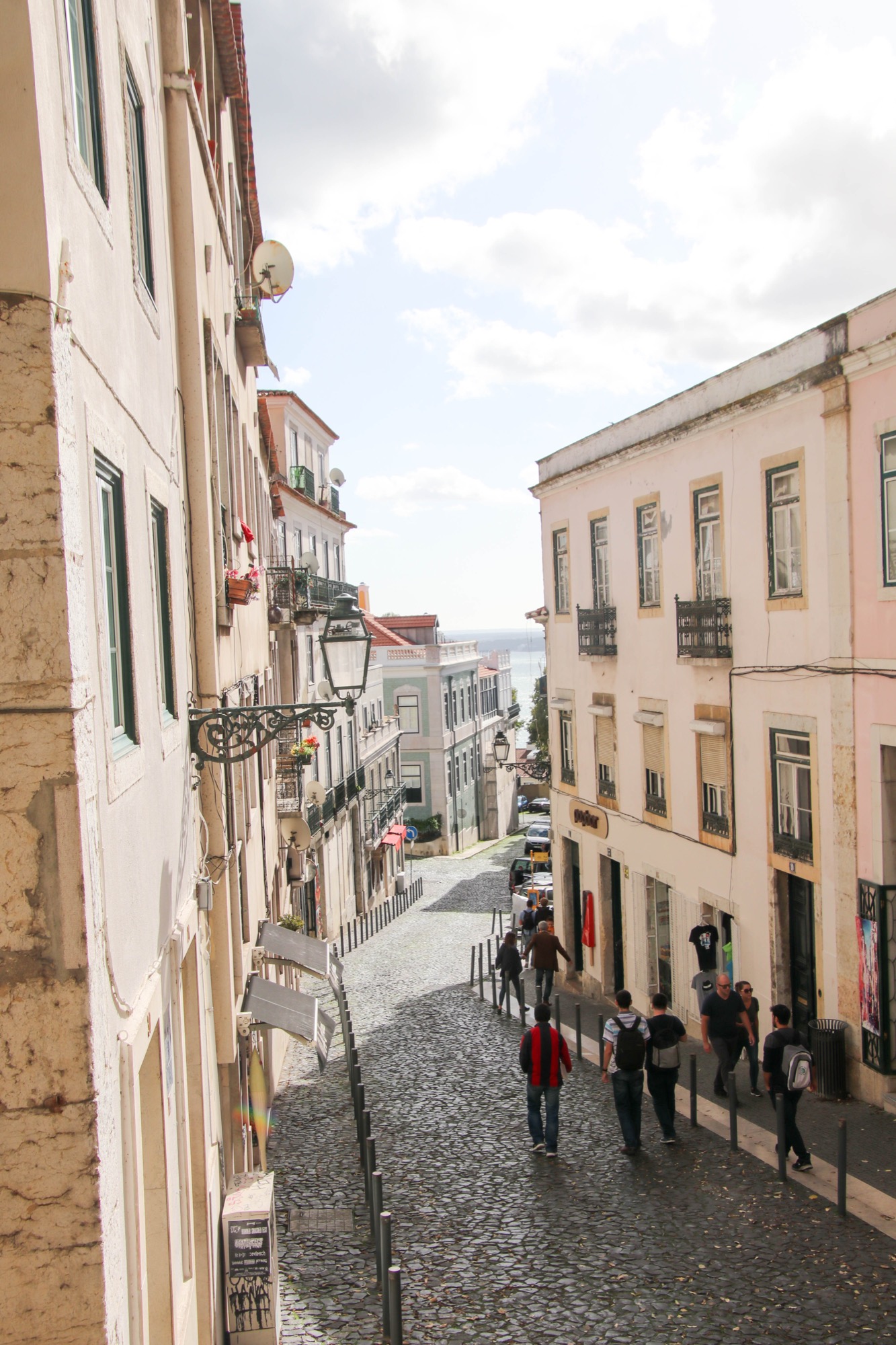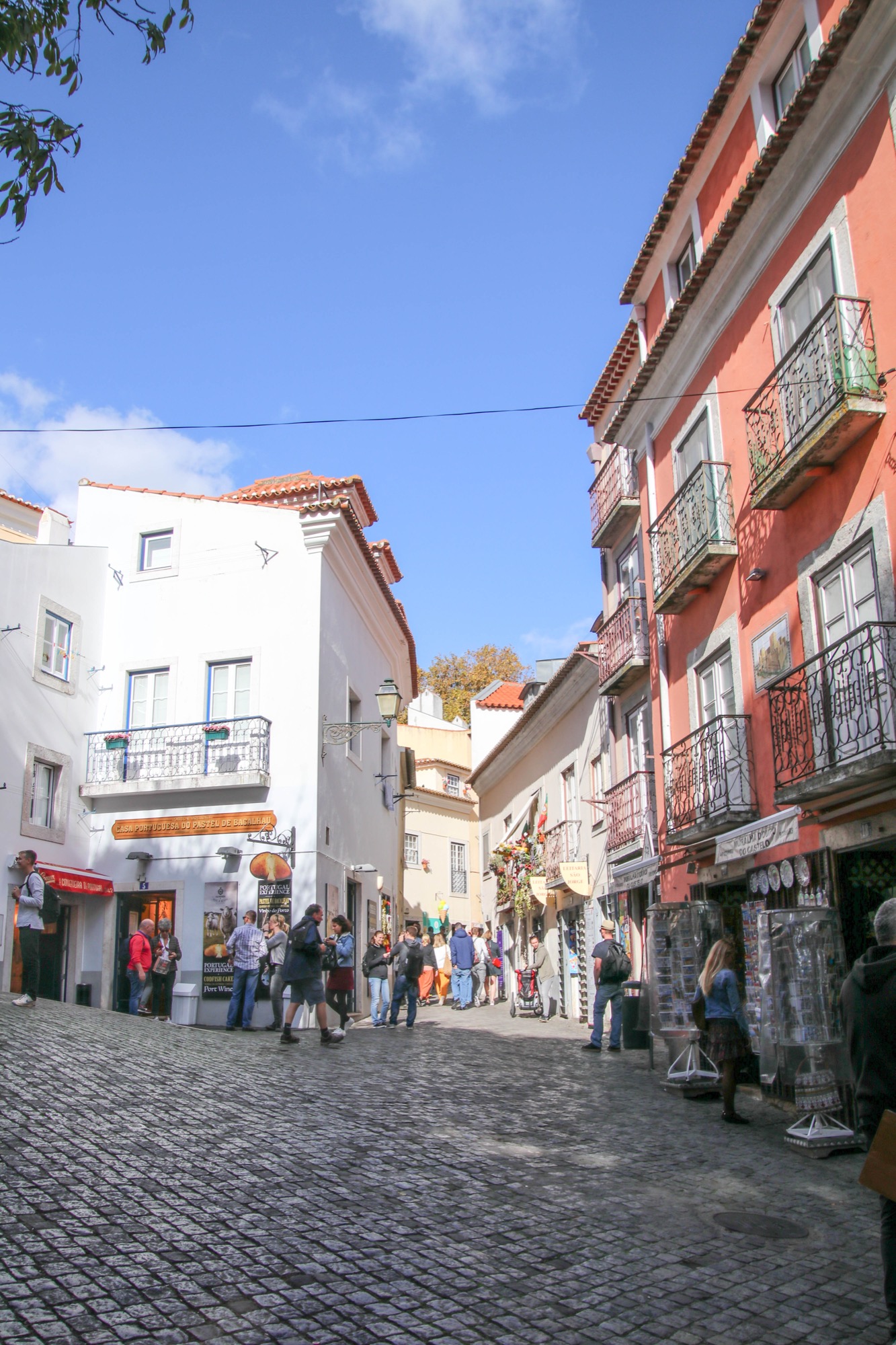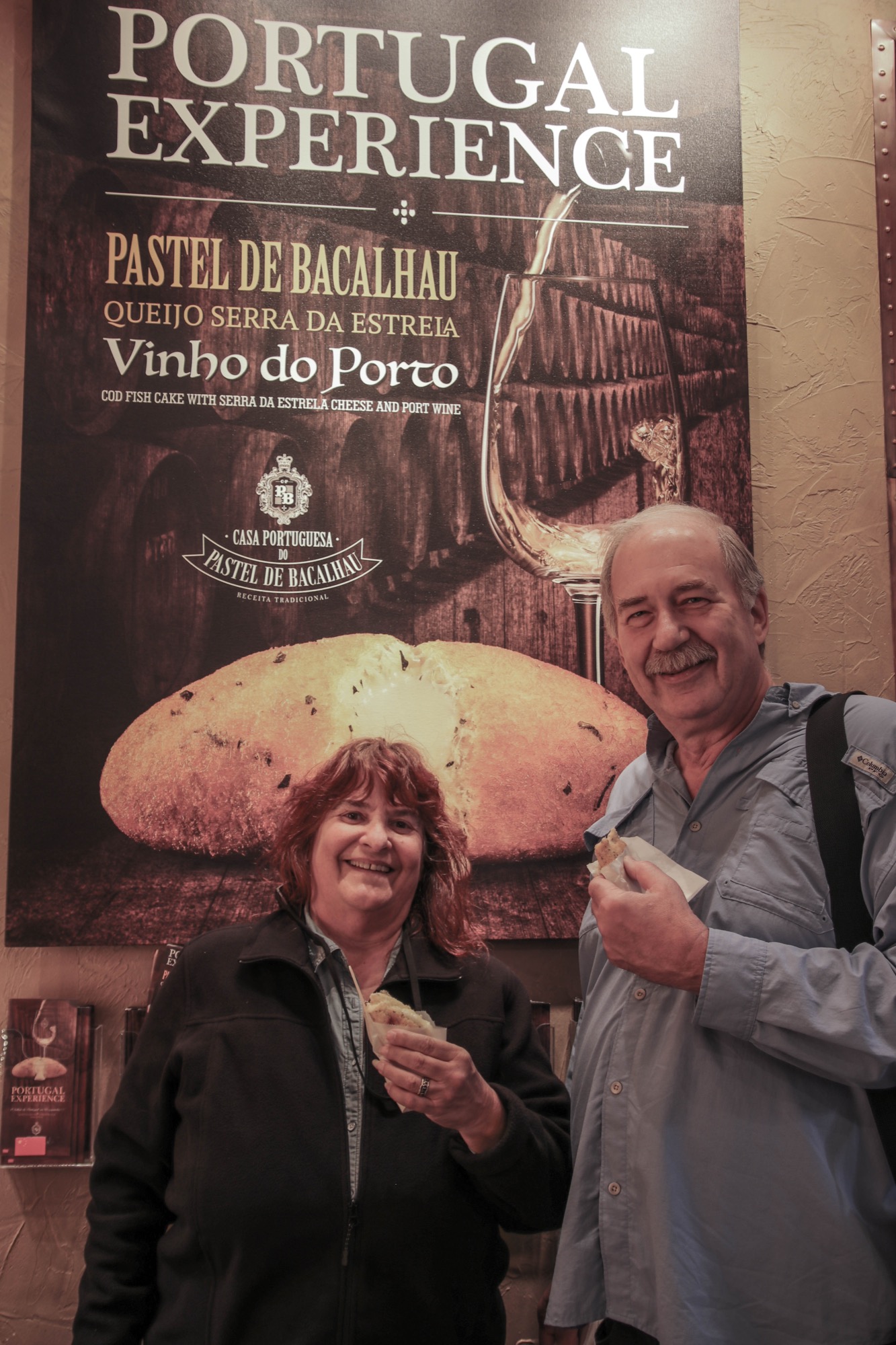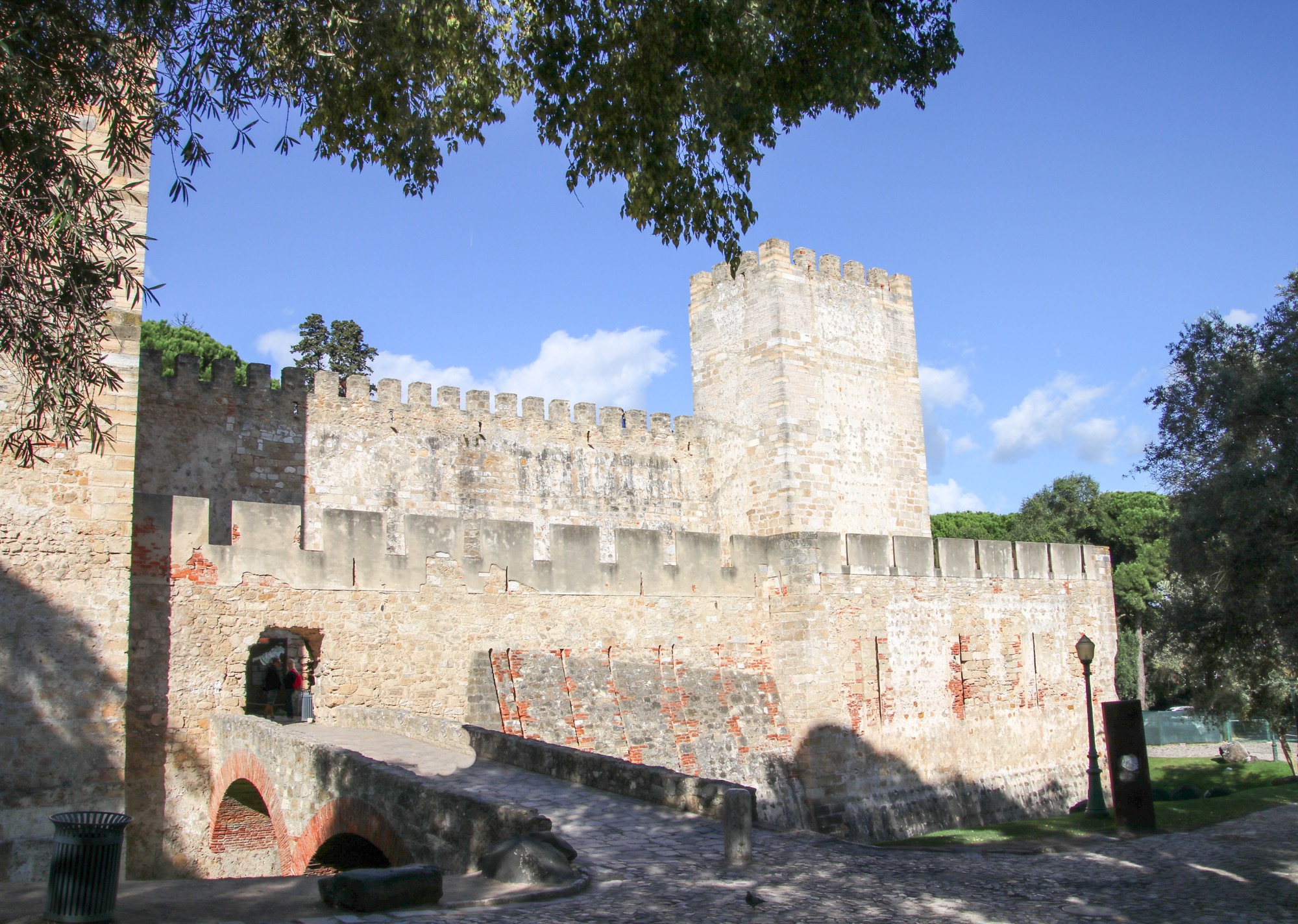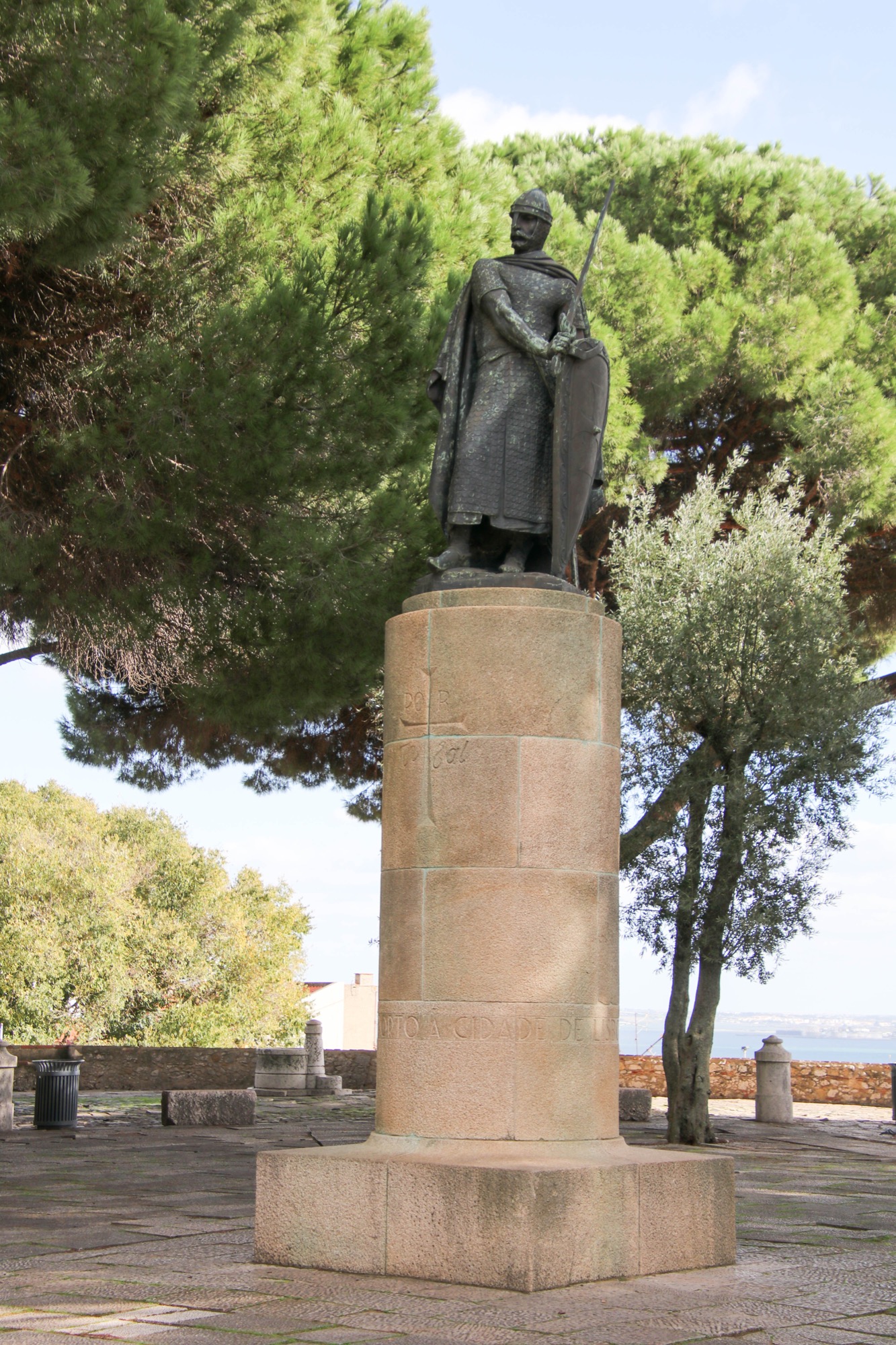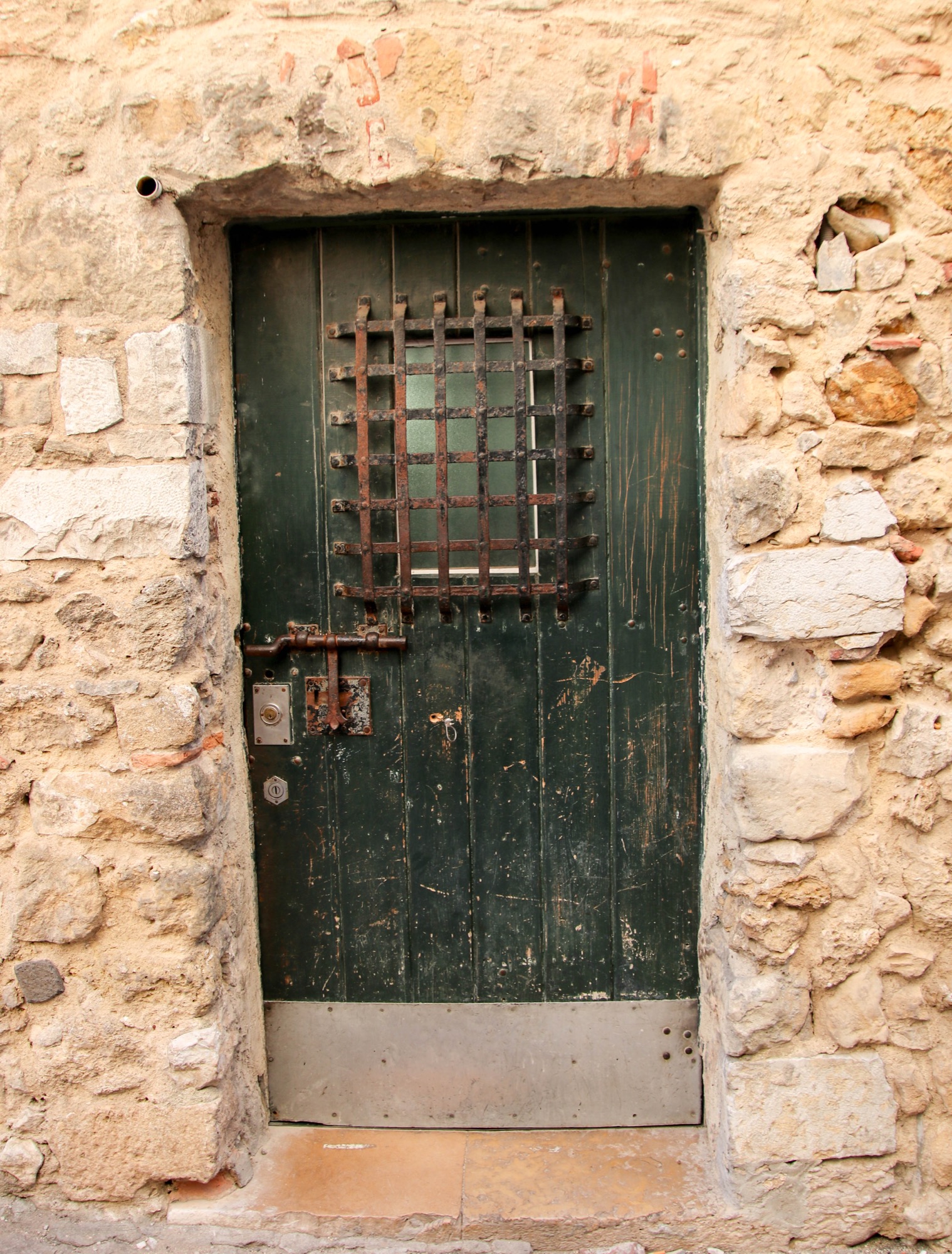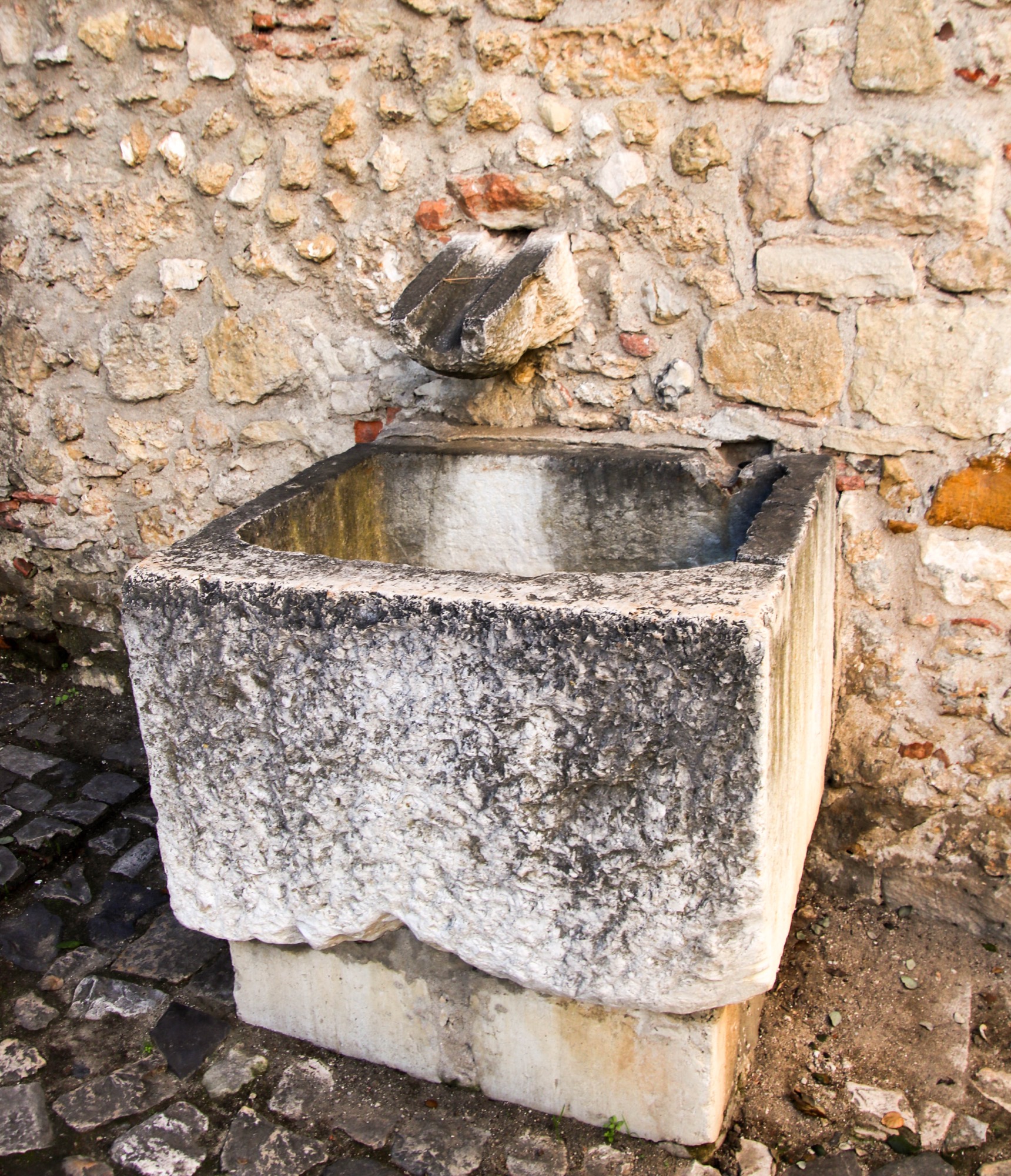Commercial Square, which is a large plaza located near the Tagus river, was the location of a royal palace that was destroyed in the great Lisbon earthquake of 1755.
When the square was rebuilt, a series of government buildings were constructed to flank a triumphal arch. The centerpiece of the square was an equestrian statue of King Jose I with snakes being crushed beneath the feet of the horse.
The Church of Santa Engracia, which was never actually used as a church, was originally built in the 17th century. After almost 300 years of construction, part of the building was destroyed in a storm. The structure was then used for various purposes over the years, including an arsenal and a footwear factory, before it was converted into Portugal's National Pantheon in 1916. Since renovation ended in 1966 many of the Presidents of the Republic have been interred here.
The Monastery of Saint Vincent was built as a church and monastery in the 17th century, but after the dissolution of monasteries in Portugal in 1834 the monastery building was used as a palace for Lisbon's archbishops. Eventually, the monastery was transformed into a pantheon for the tombs of almost all of the former Kings of Portugal.
We also saw Saint Benedict's Palace, which has been used by the parliament of Portugal since 1834, as well as the pink Belem Palace, which is the residence of the President of Portugal.
